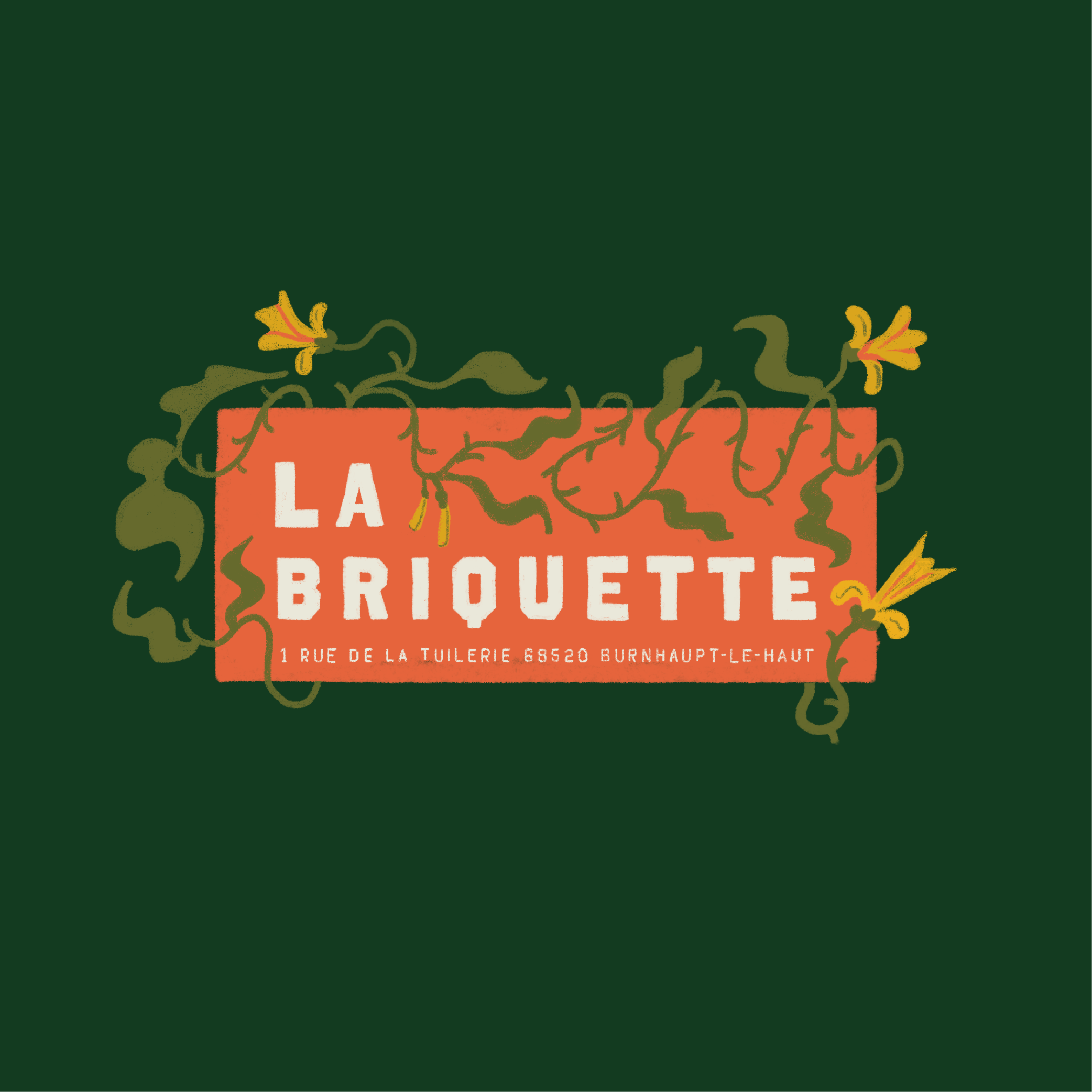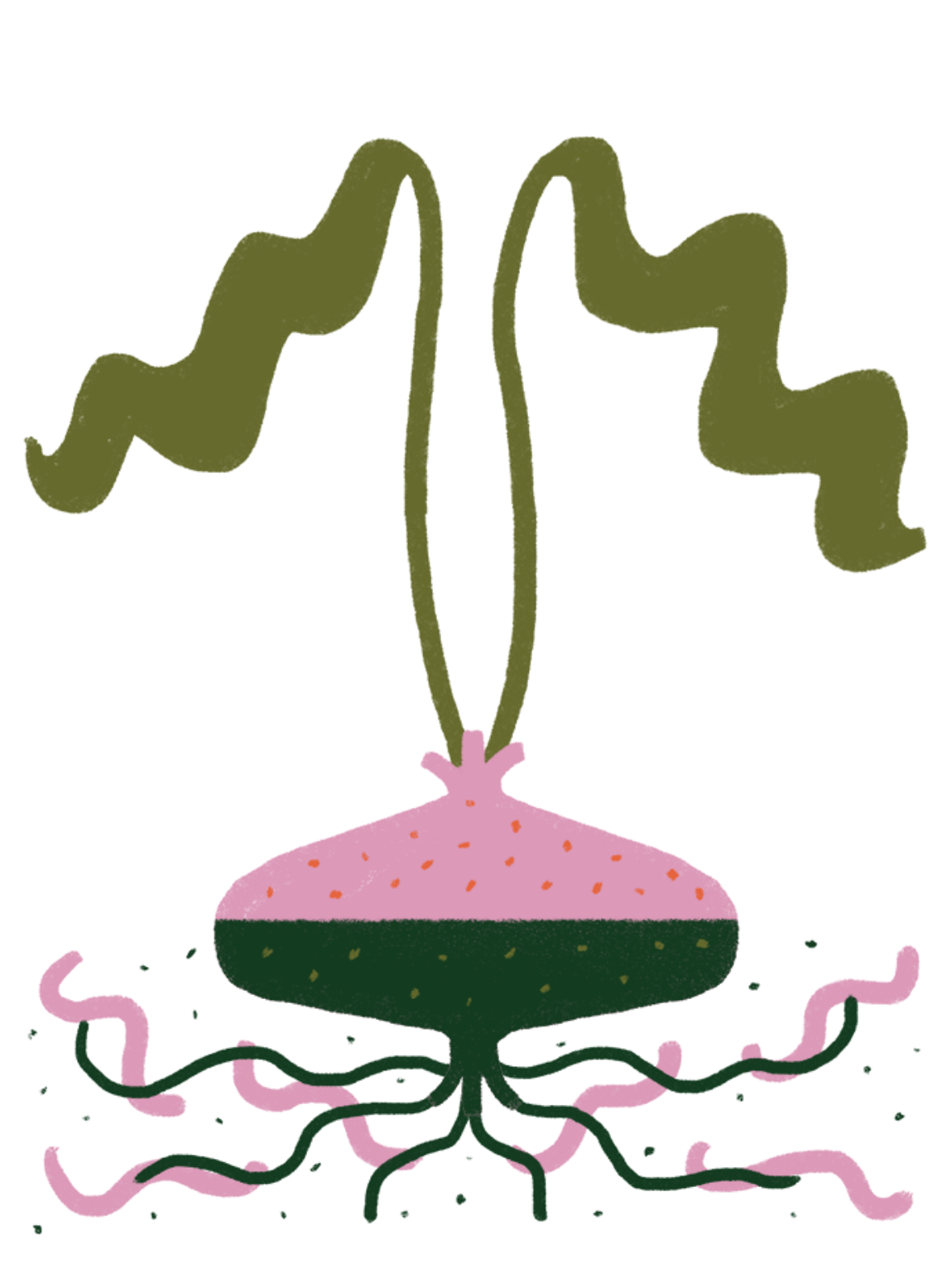Over the years we’ve researched, experimented and read piles of books to nourish our ever growing hunger for knowledge on biodiversity, resilience and what drives life.
This led us to permaculture – a design methodology inspired by natural systems that allows us to collaborate with nature instead of exploiting it. With permaculture principles in hand, we decided to transform a piece of land loaned by the family into a living laboratory and playground. A place for us to heartily test, learn, live and grow.
This year, we’re building on the strong foundation of our first season.
We’ve taken what we learned—both the successes and the challenges—and refined our approach. The garden planning has evolved, and we’re adjusting our growing methods to be more efficient and productive.
We’re exploring companion planting to make the most of every square metre, and we’re adding new layers to the farm: our first mushroom cultivation, a small microgreens setup, and a new patch just for pumpkins. The strawberries are getting some extra care this year, and we’re expanding the herb garden with a wide range of new aromatics and medicinal plants.
It’s a season of growth, experimentation, and deepening our connection to the land—and we’re excited to see what it brings.
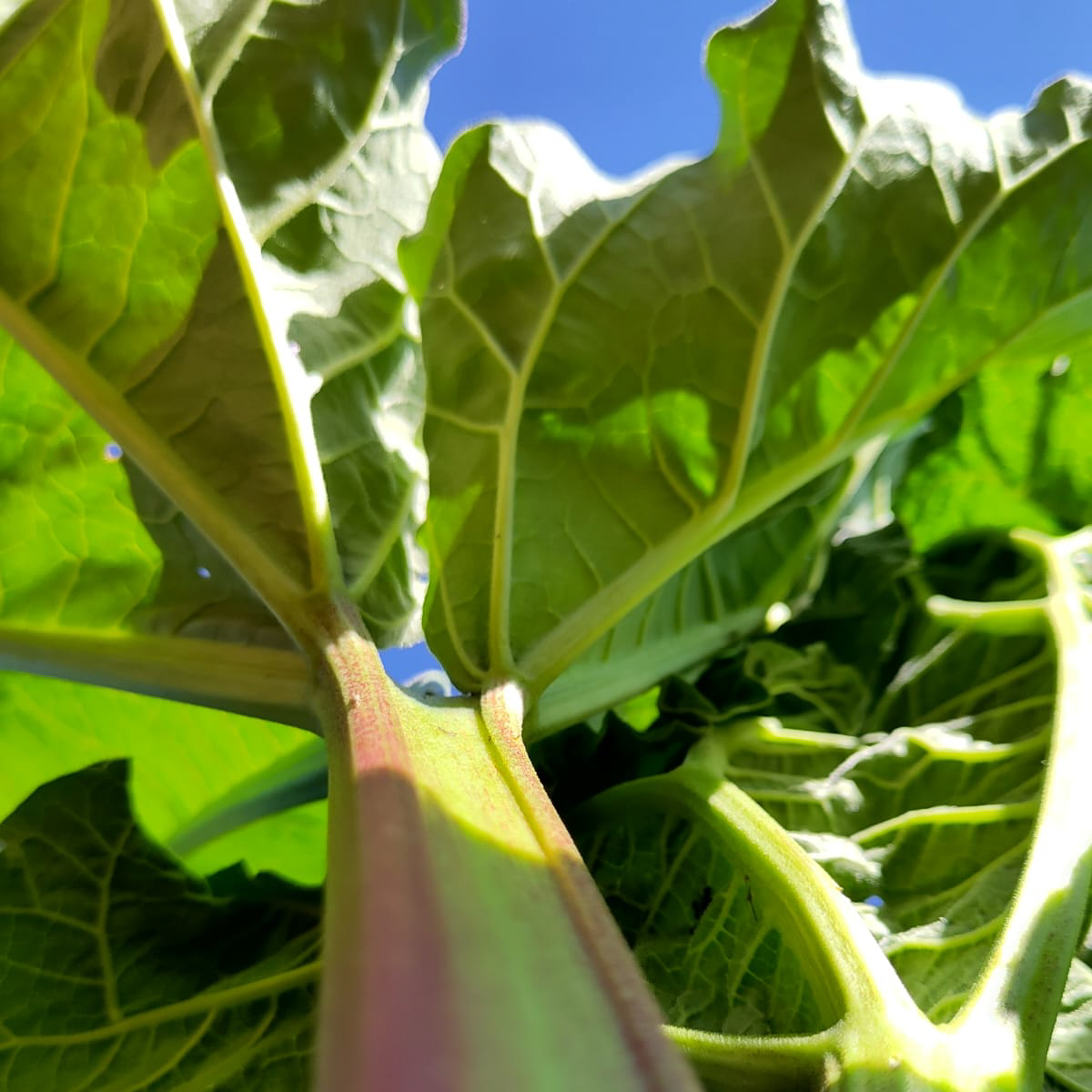
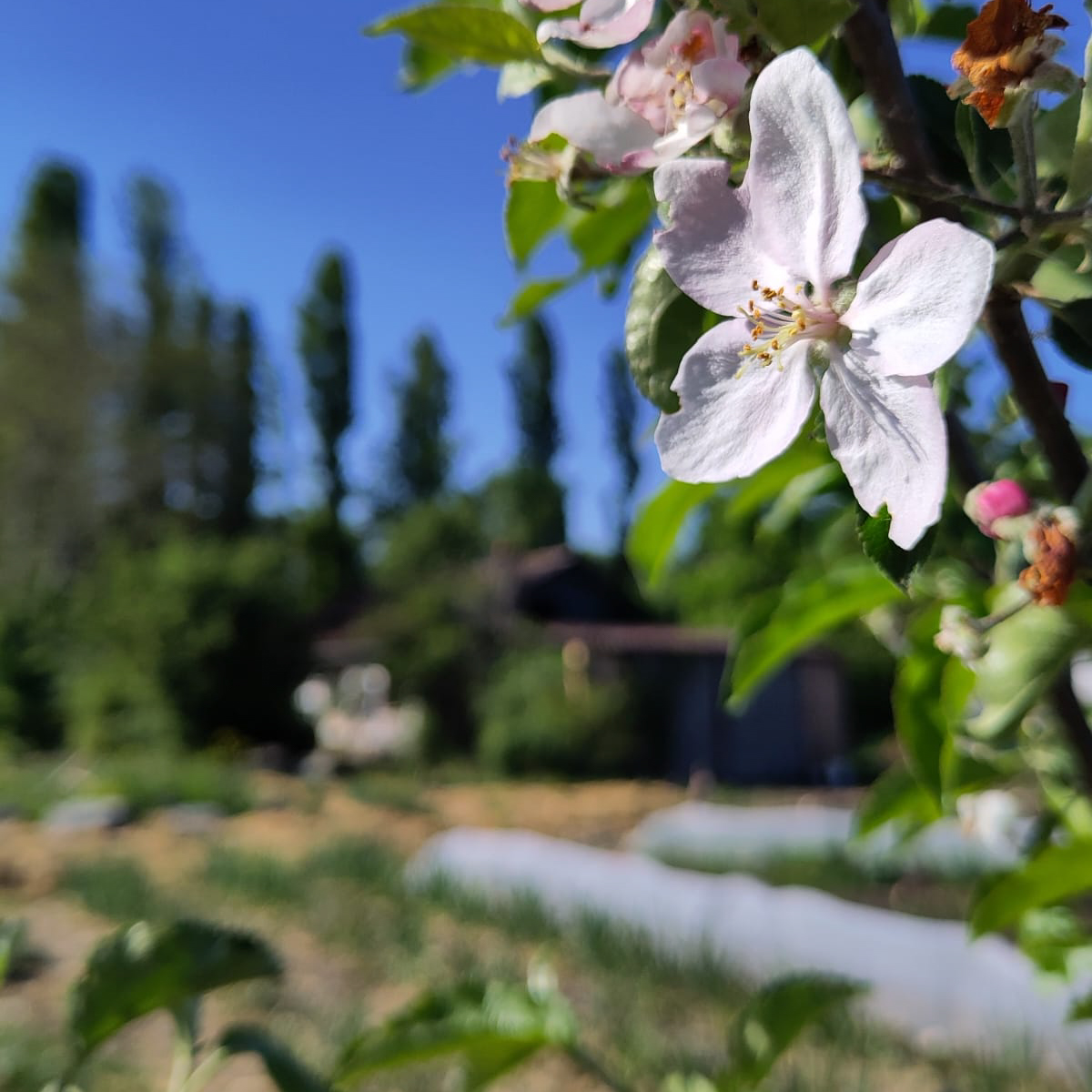
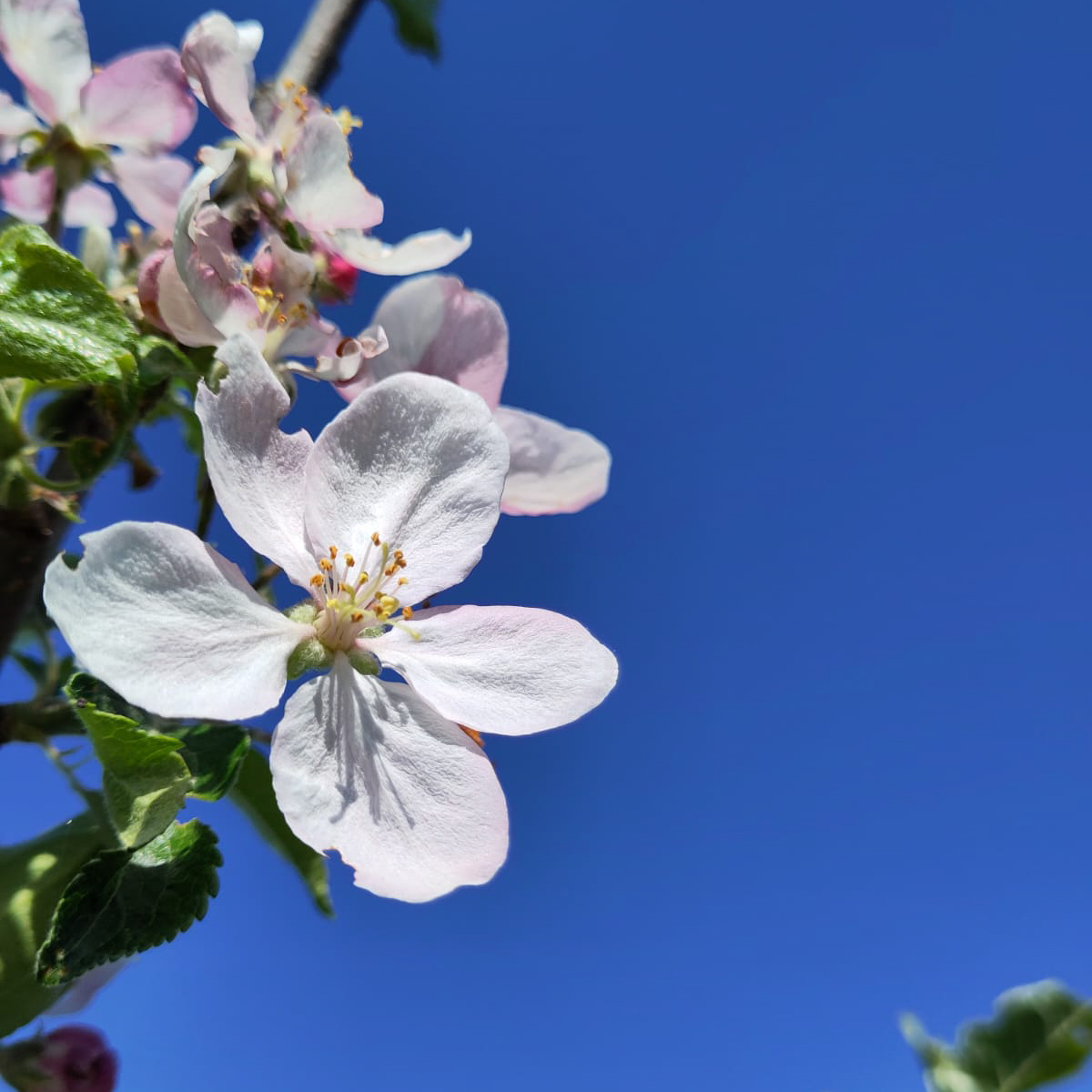
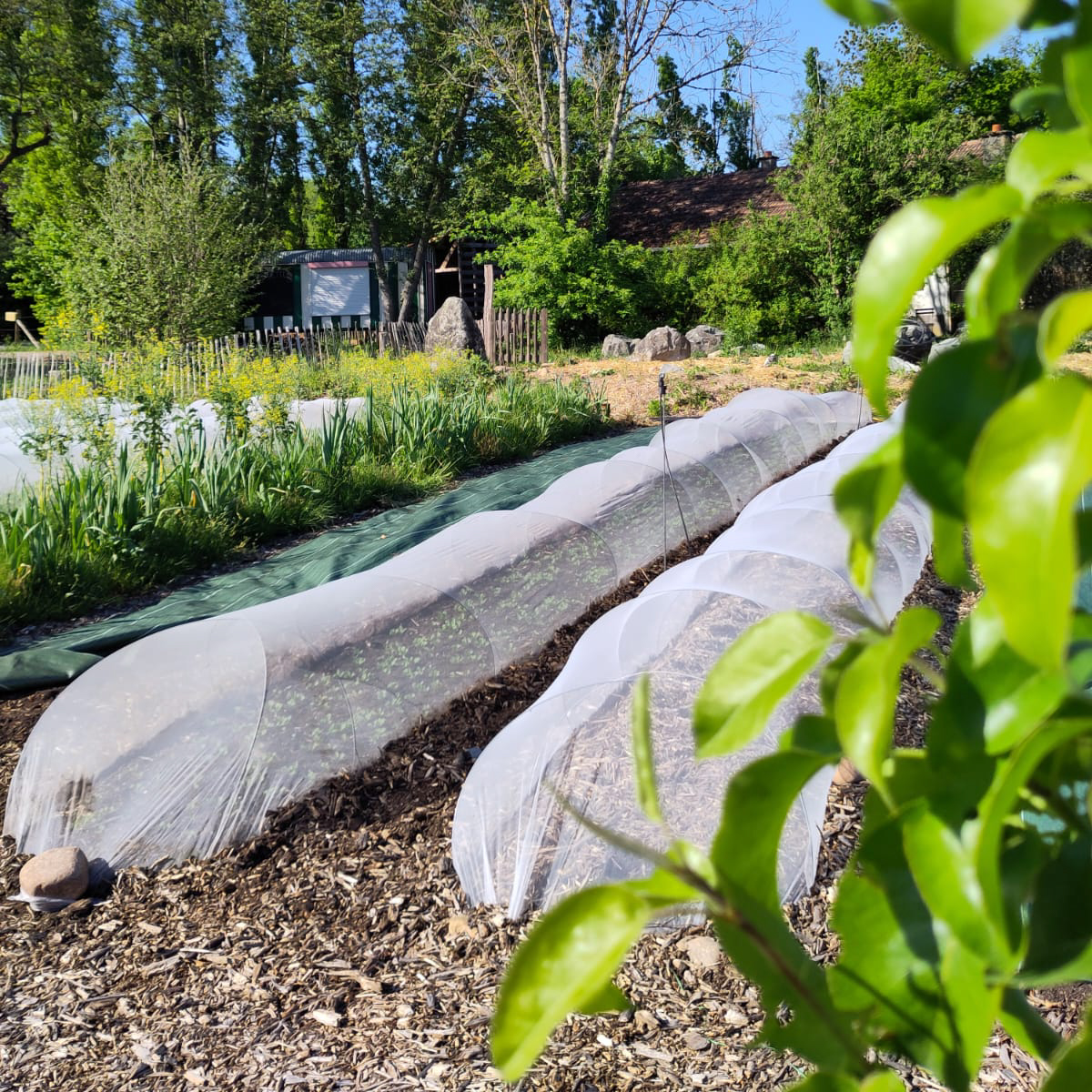
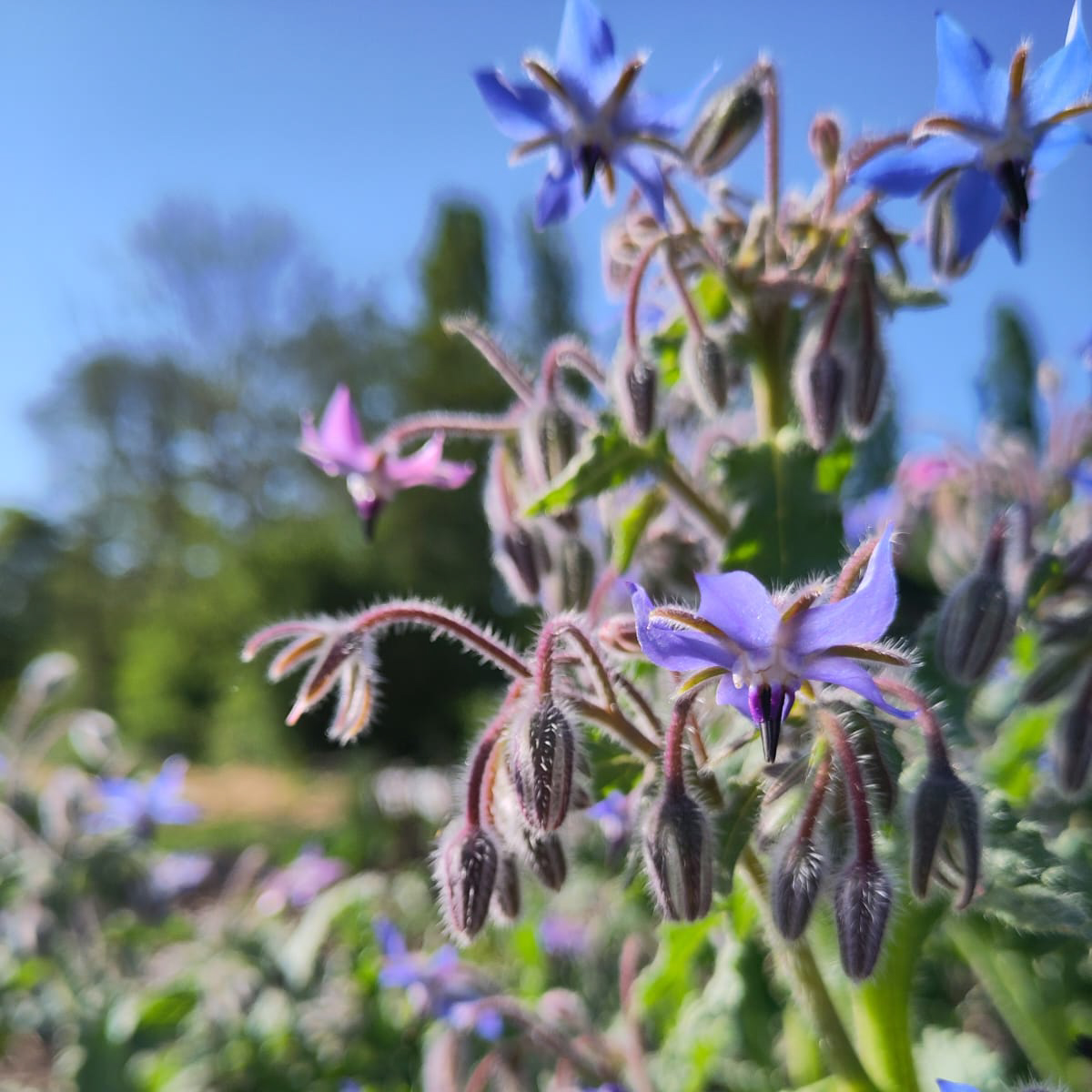
Our first season was a whirlwind of growth, colour, and flavour.
Guided by the wisdom of Jean-Martin Fortier and Richard Perkins, we shaped the garden by hand and heart. What began as a modest dream blossomed into abundance—more than we ever planned, more than we imagined.
We shared our harvests with local chefs, a nearby organic market, and the guests at our own table.
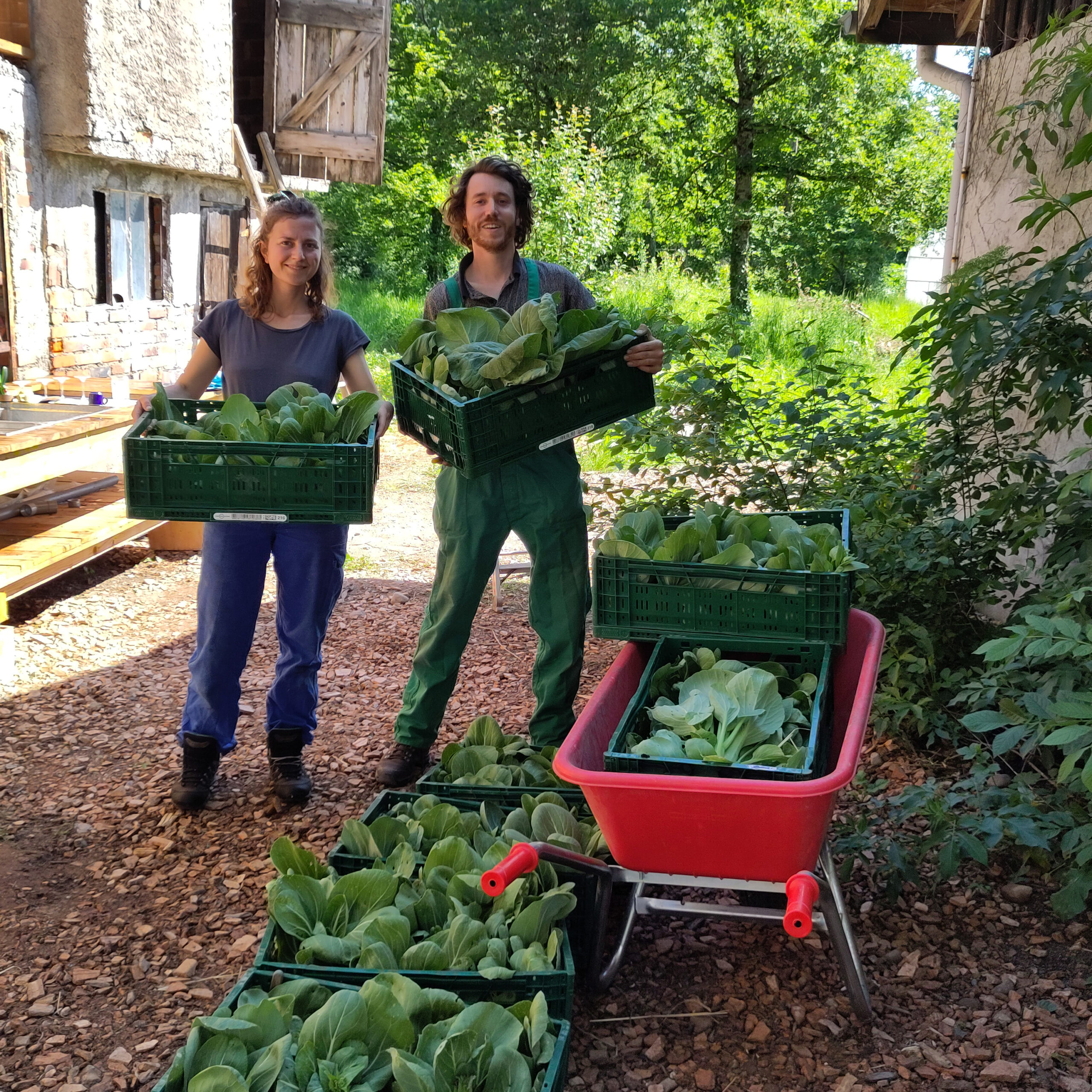
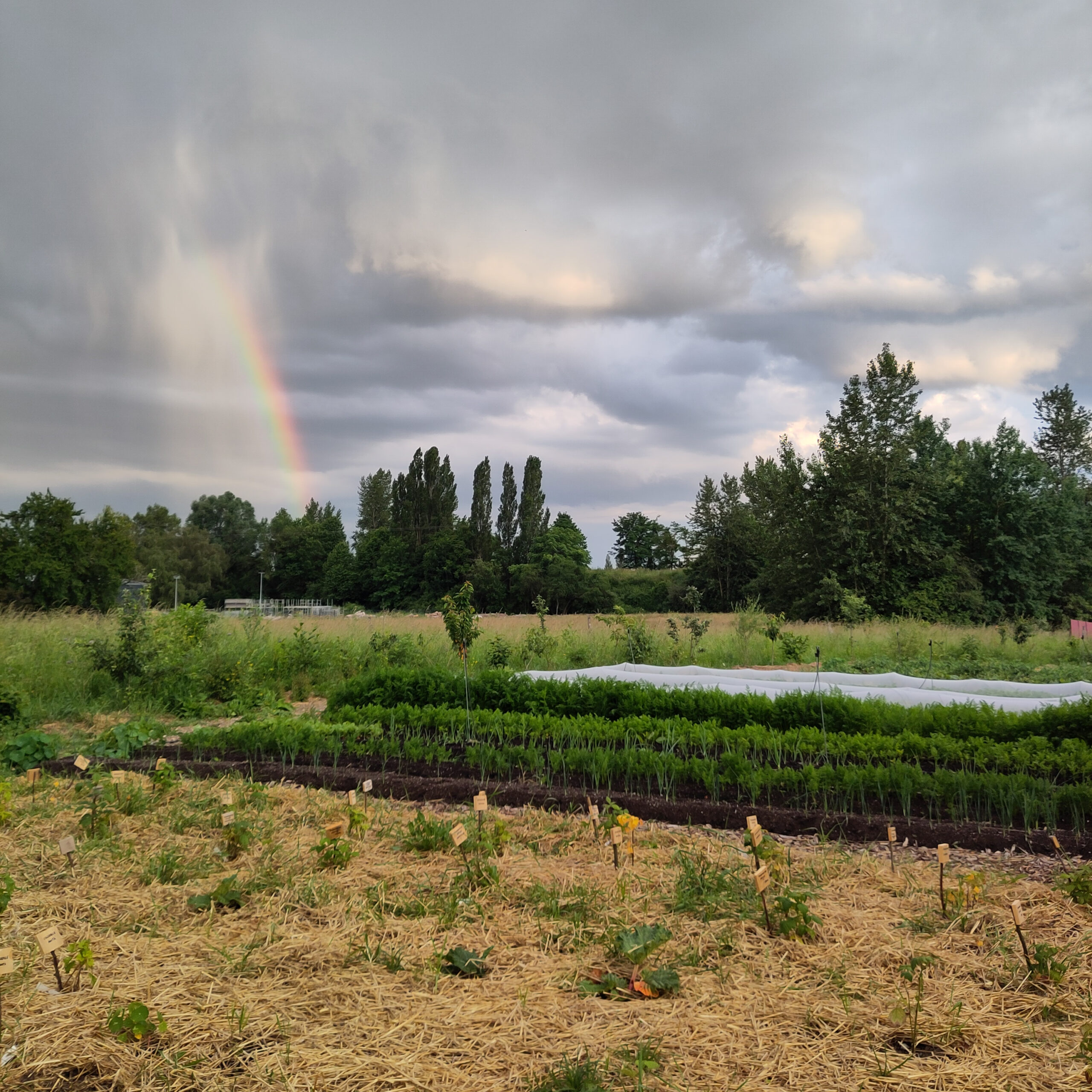
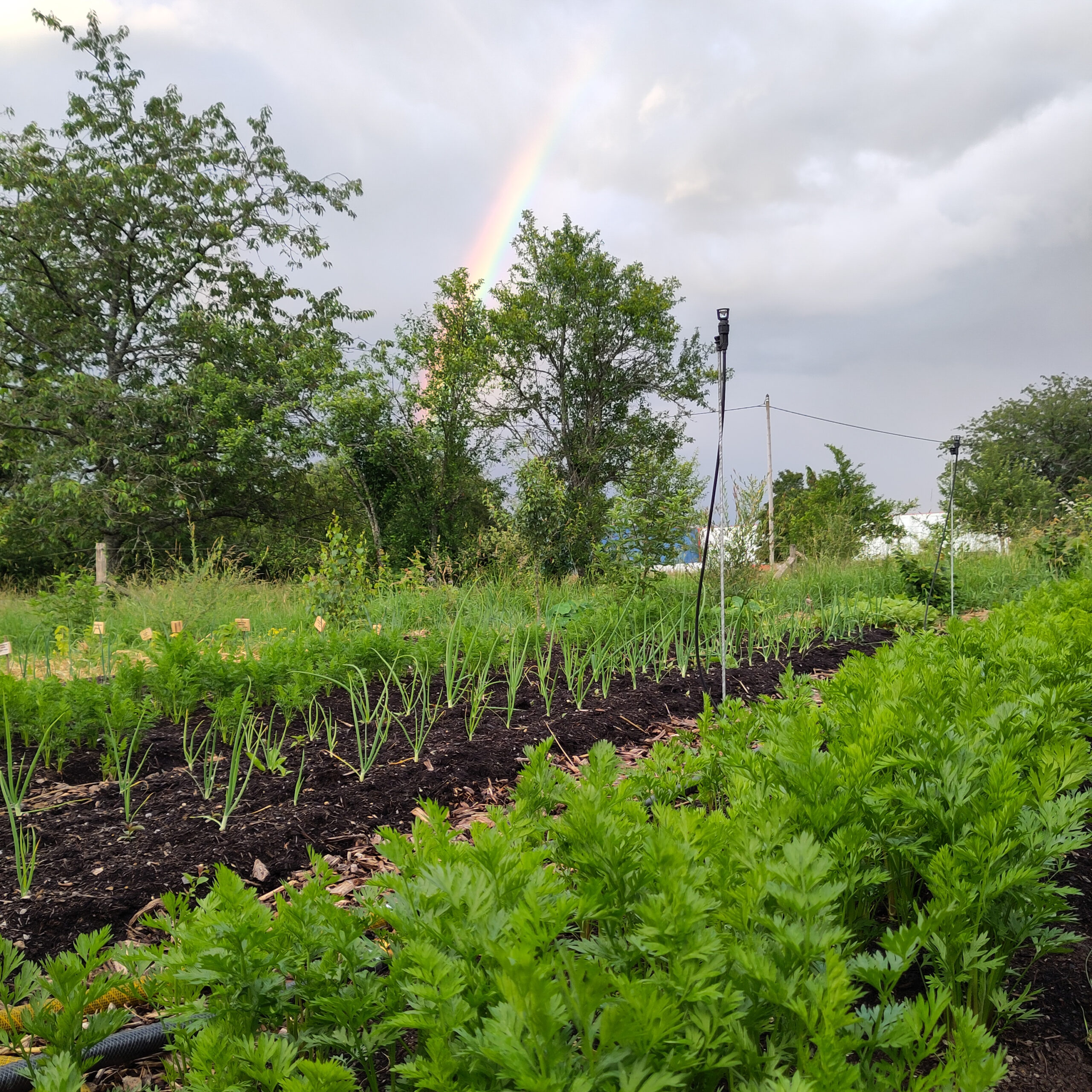
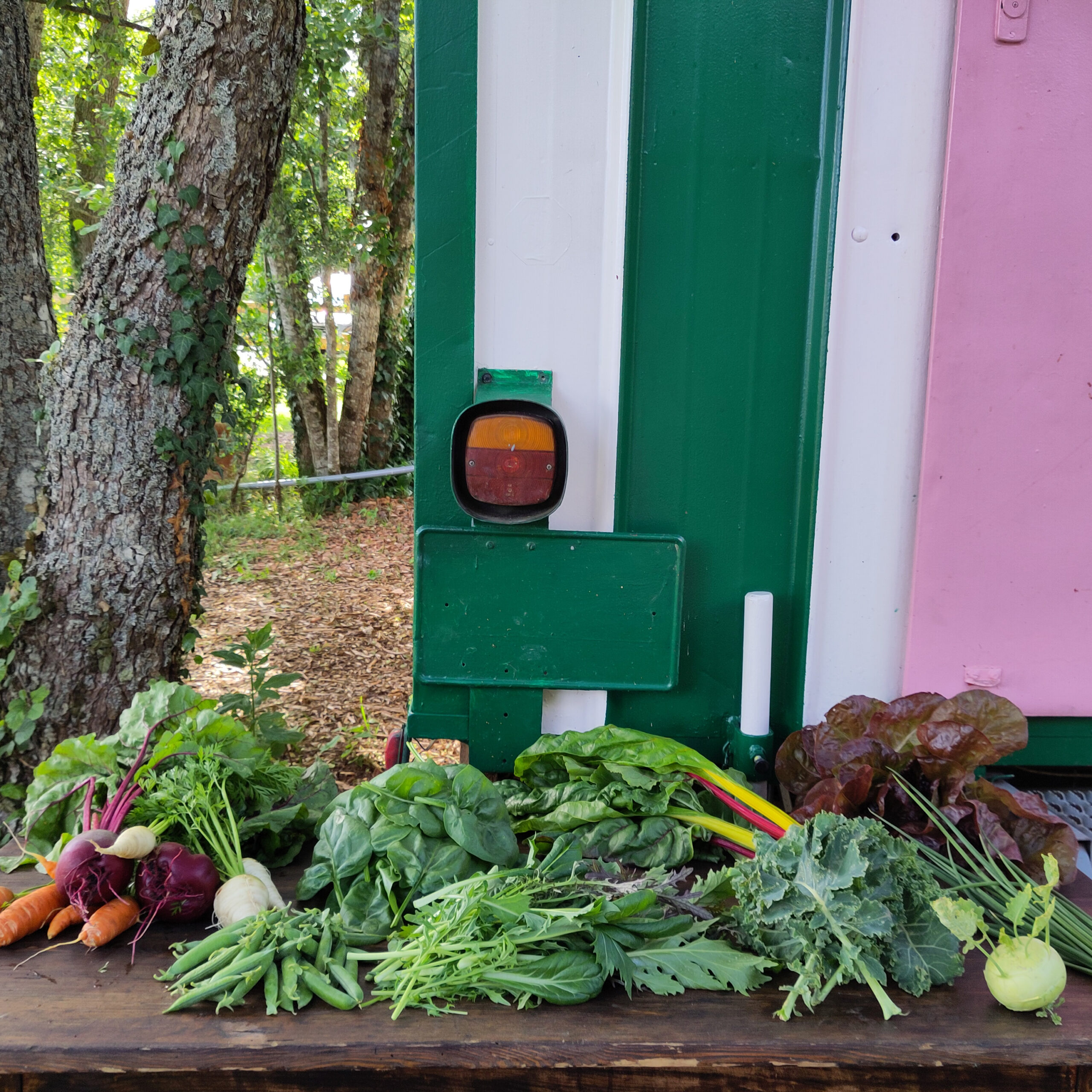
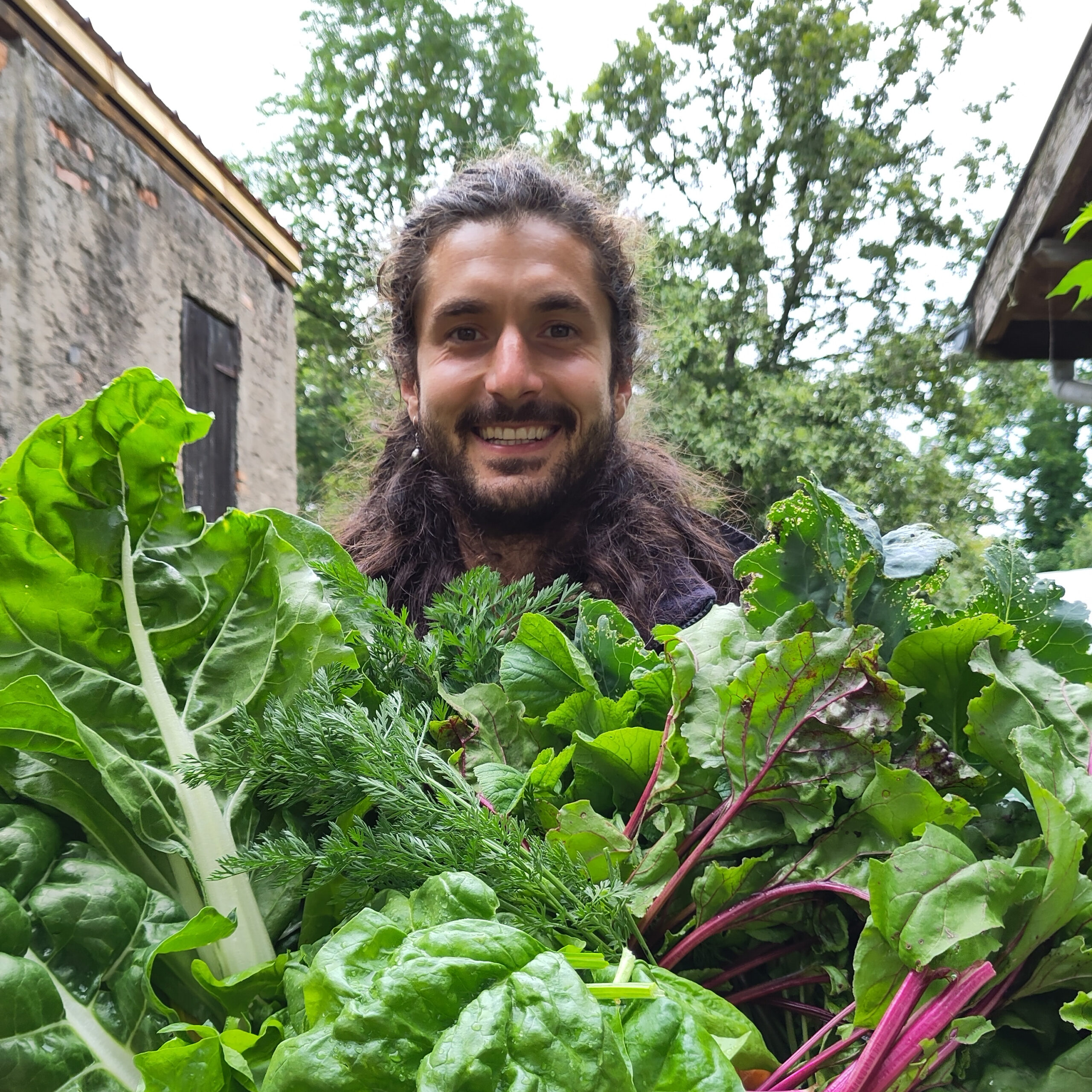
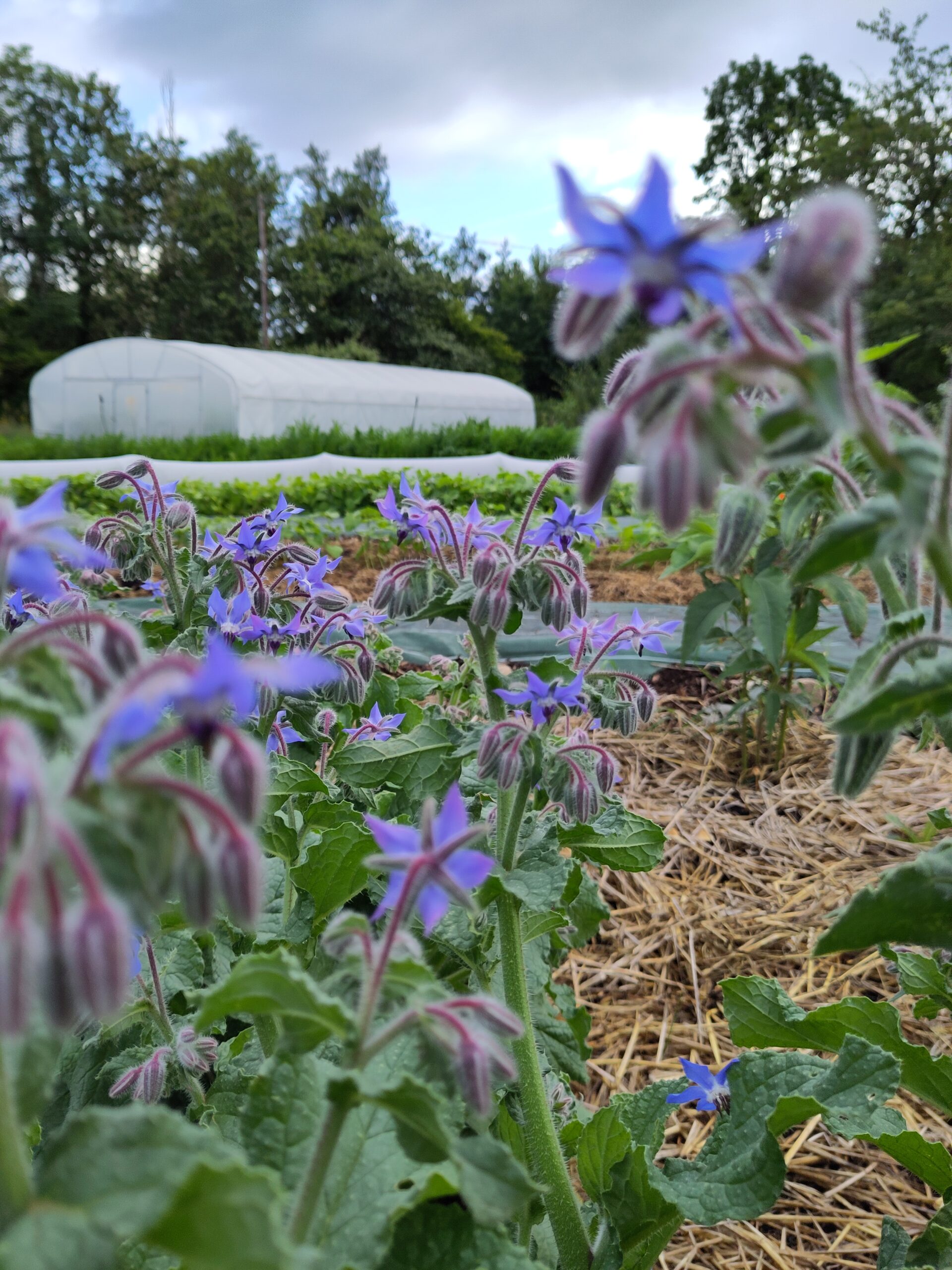
The land gave generously: vegetables vibrant with life, herbs fragrant in the morning sun, blossoms dancing in the breeze. Even the young fruit trees and berry bushes joined in, offering their first sweet gifts.
Our chickens roamed happily in their mobile coop, scratching, pecking, sunbathing. Their golden-yolked eggs became the soul of our desserts and the quiet stars of our brunches.
It was a season of gratitude, surprise, and deep connection—with the soil, with our food, and with those we feed.
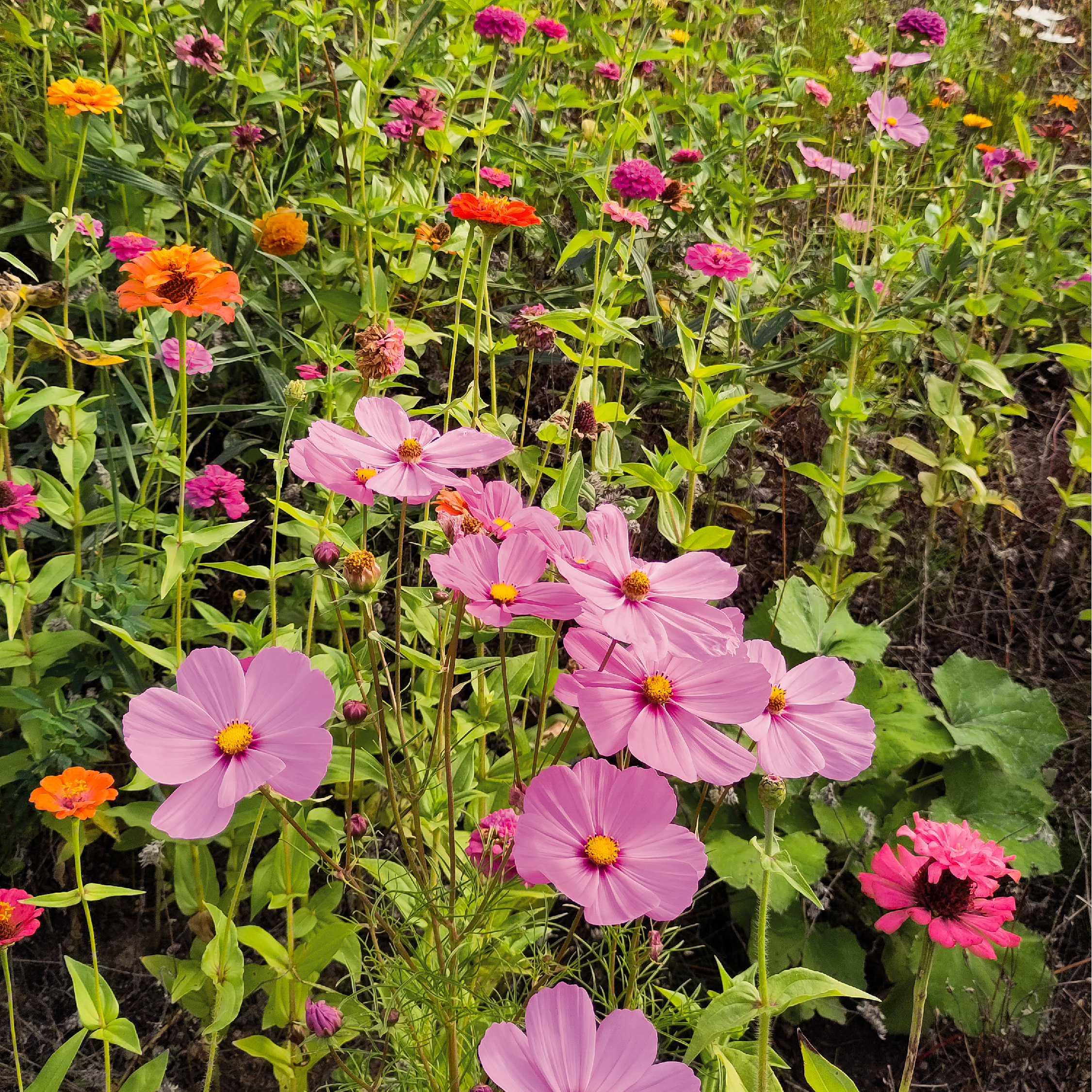
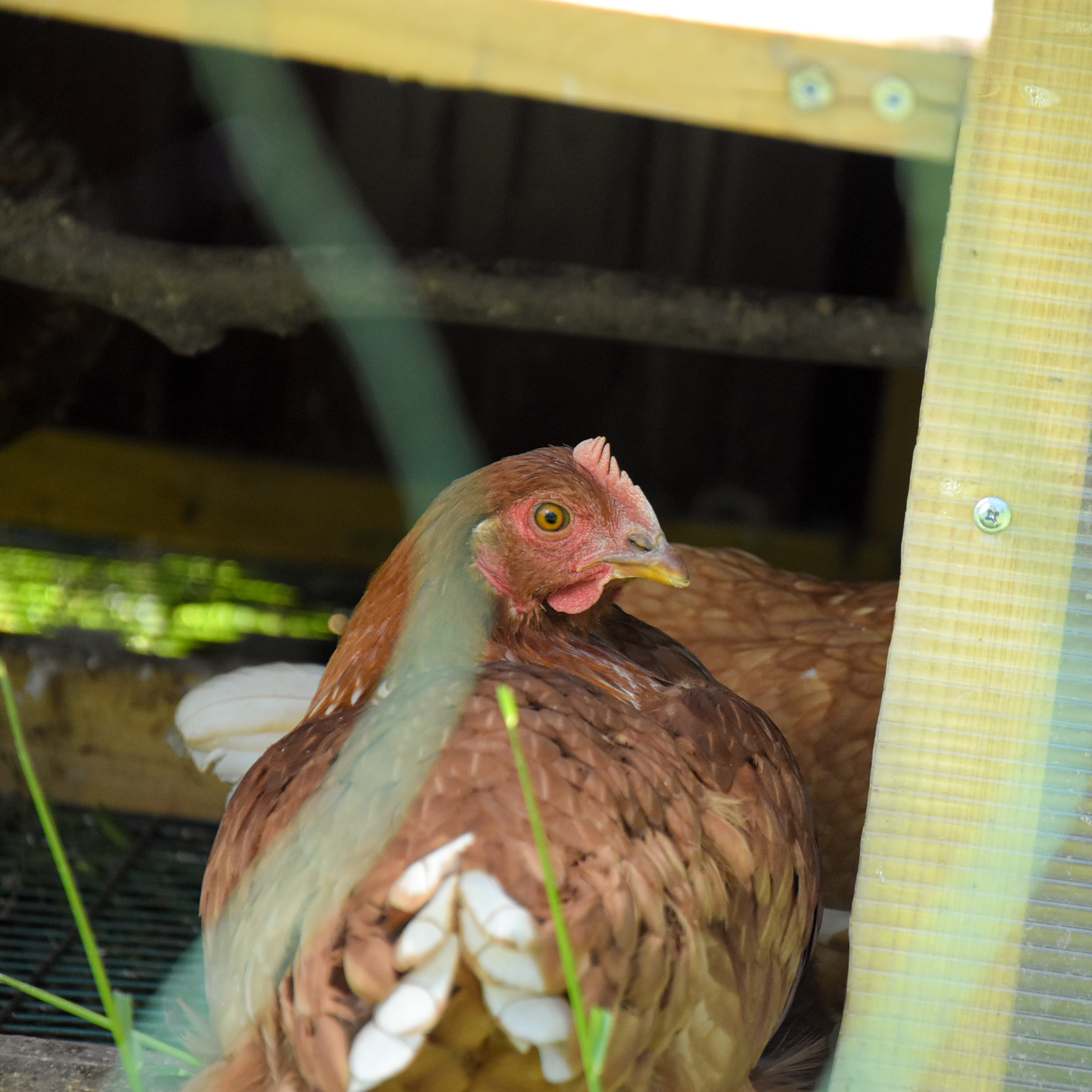
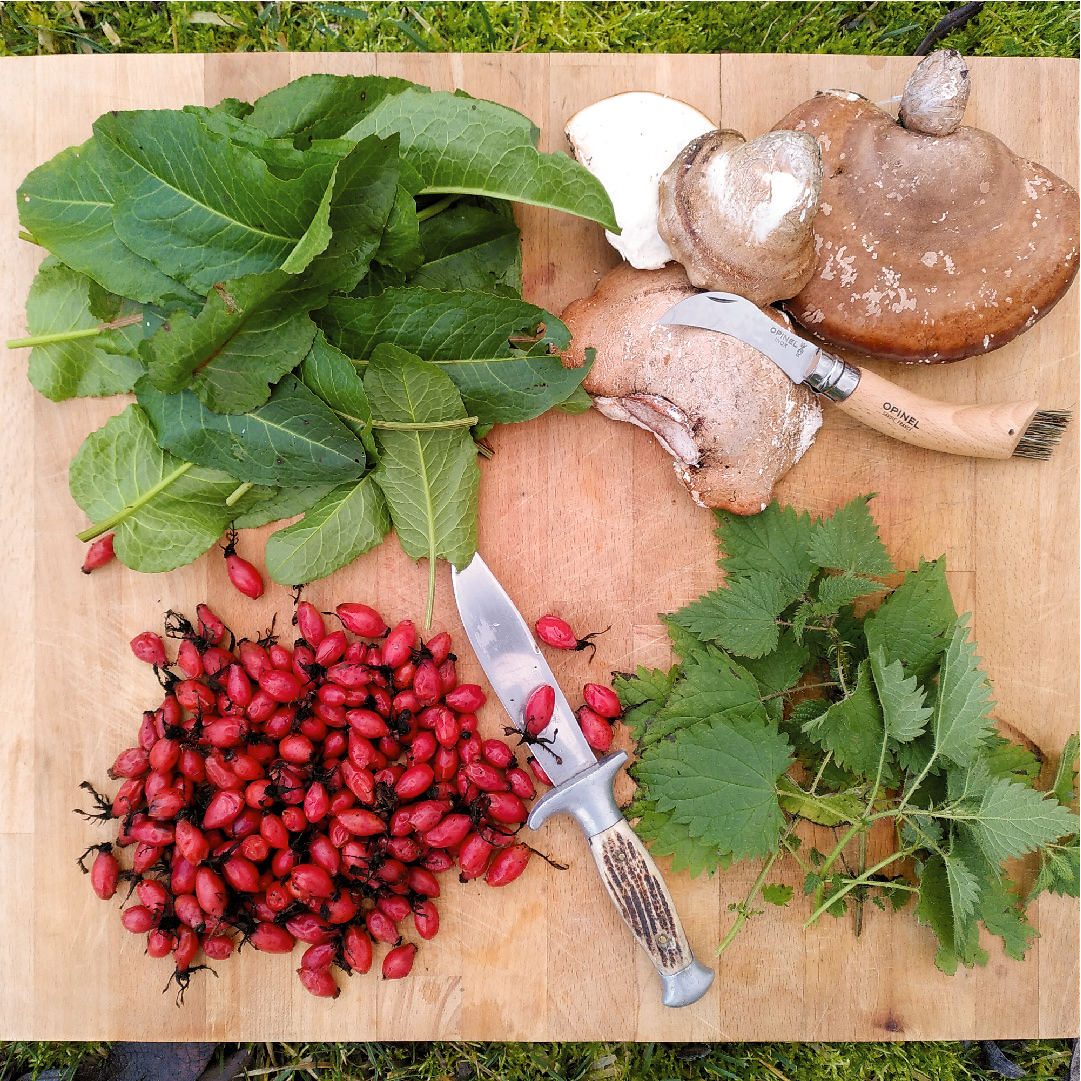
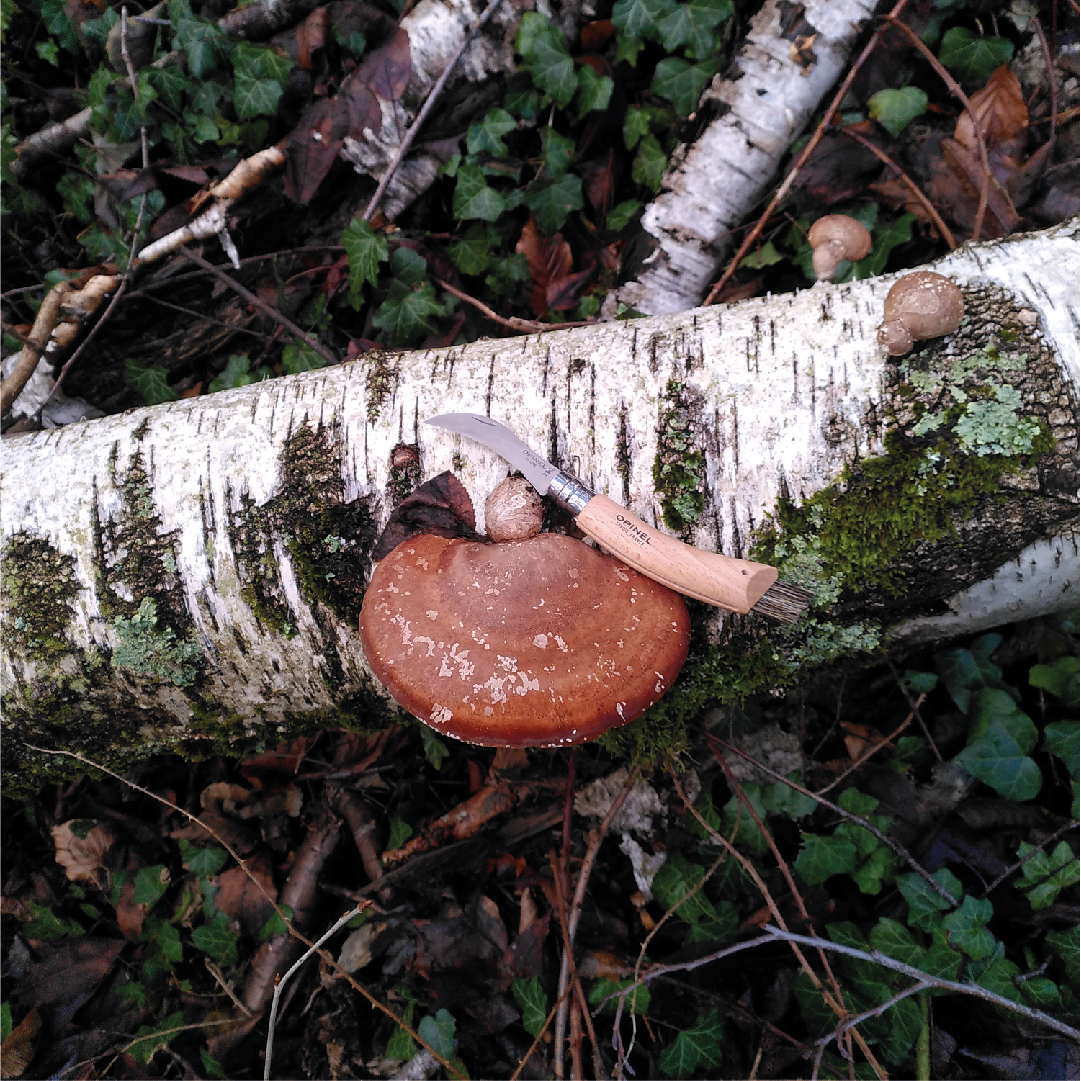
Earlier in the year, we followed Japanese traditions and inoculated logs with shiitake and oyster mushroom spores – let’s see how that experiment goes.
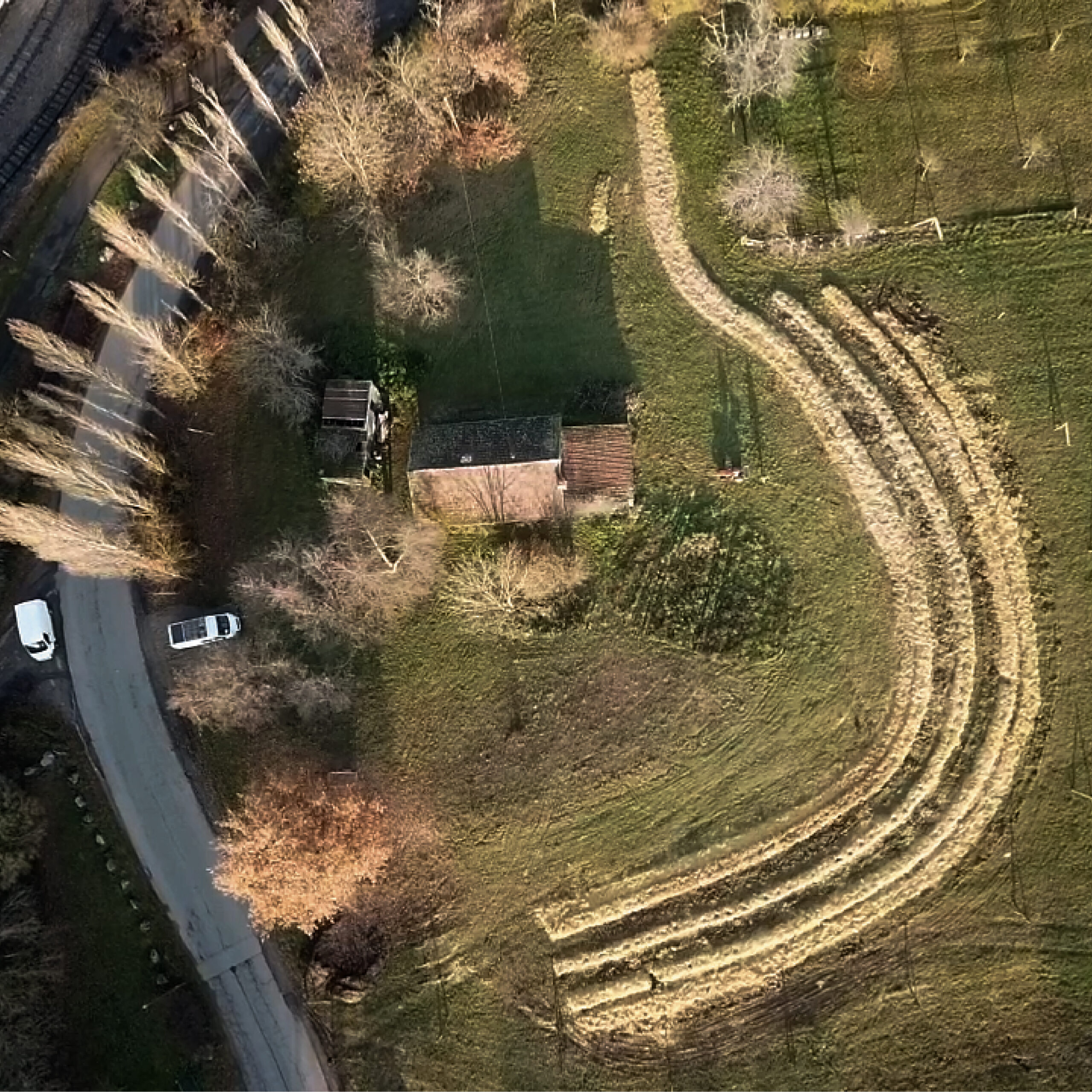
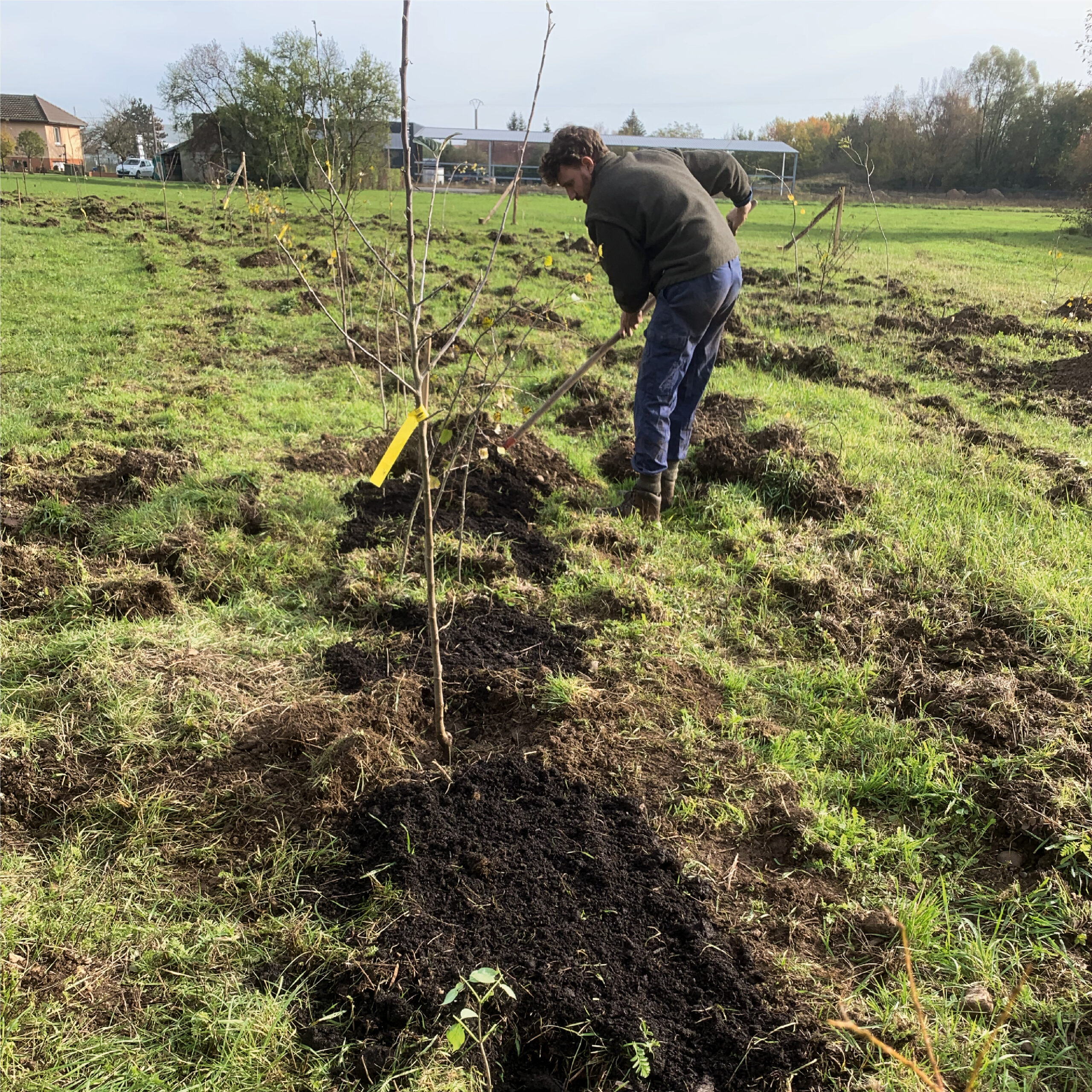
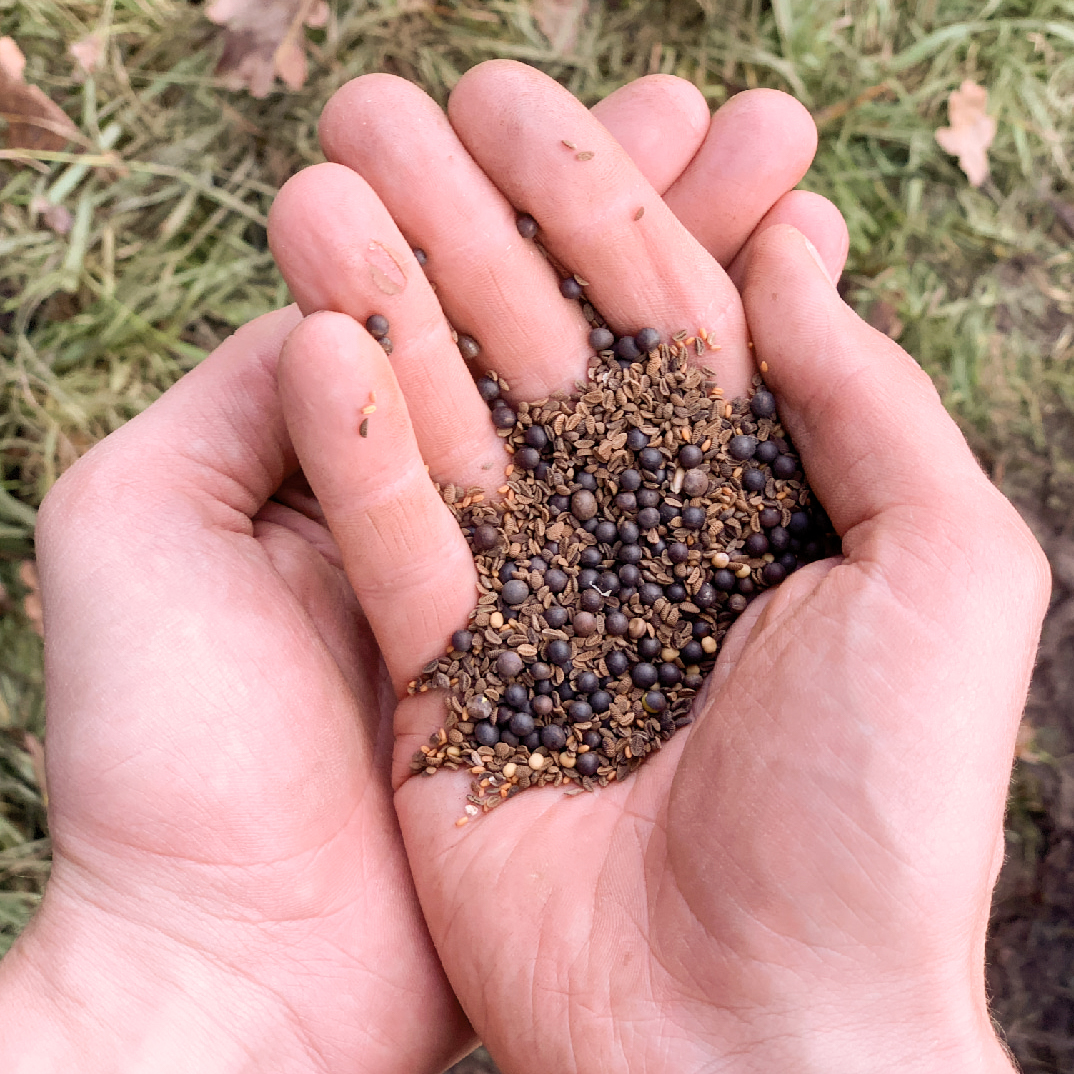
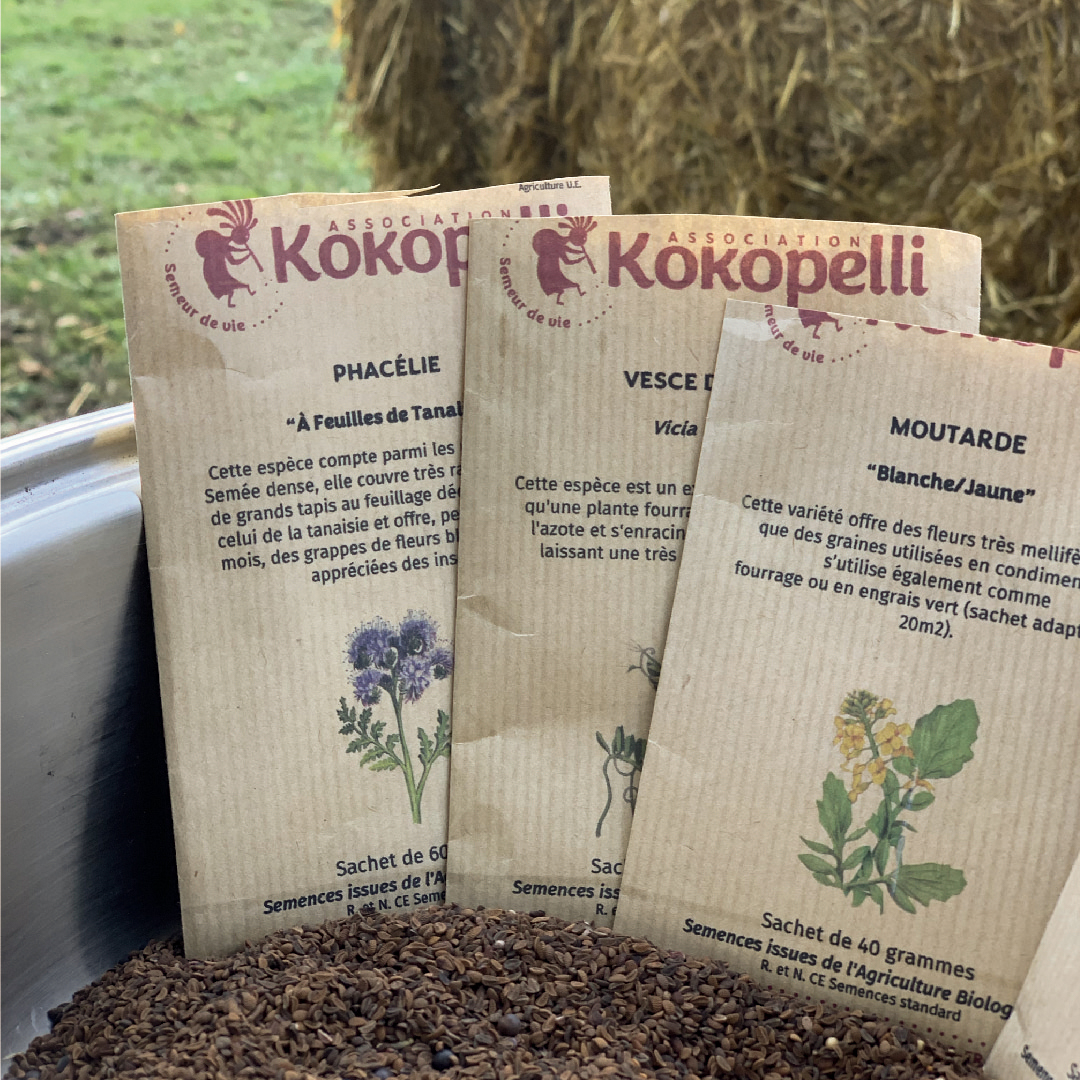
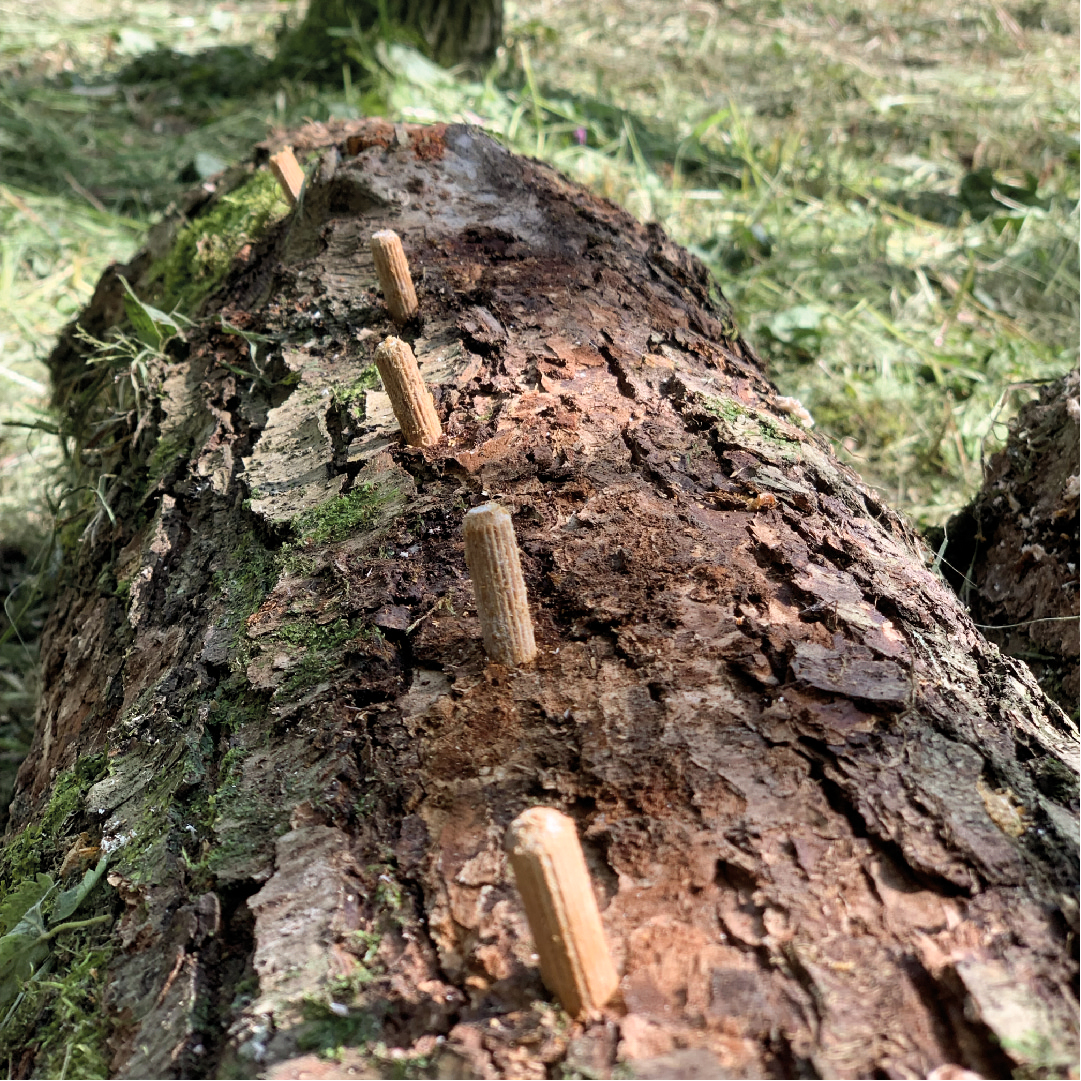
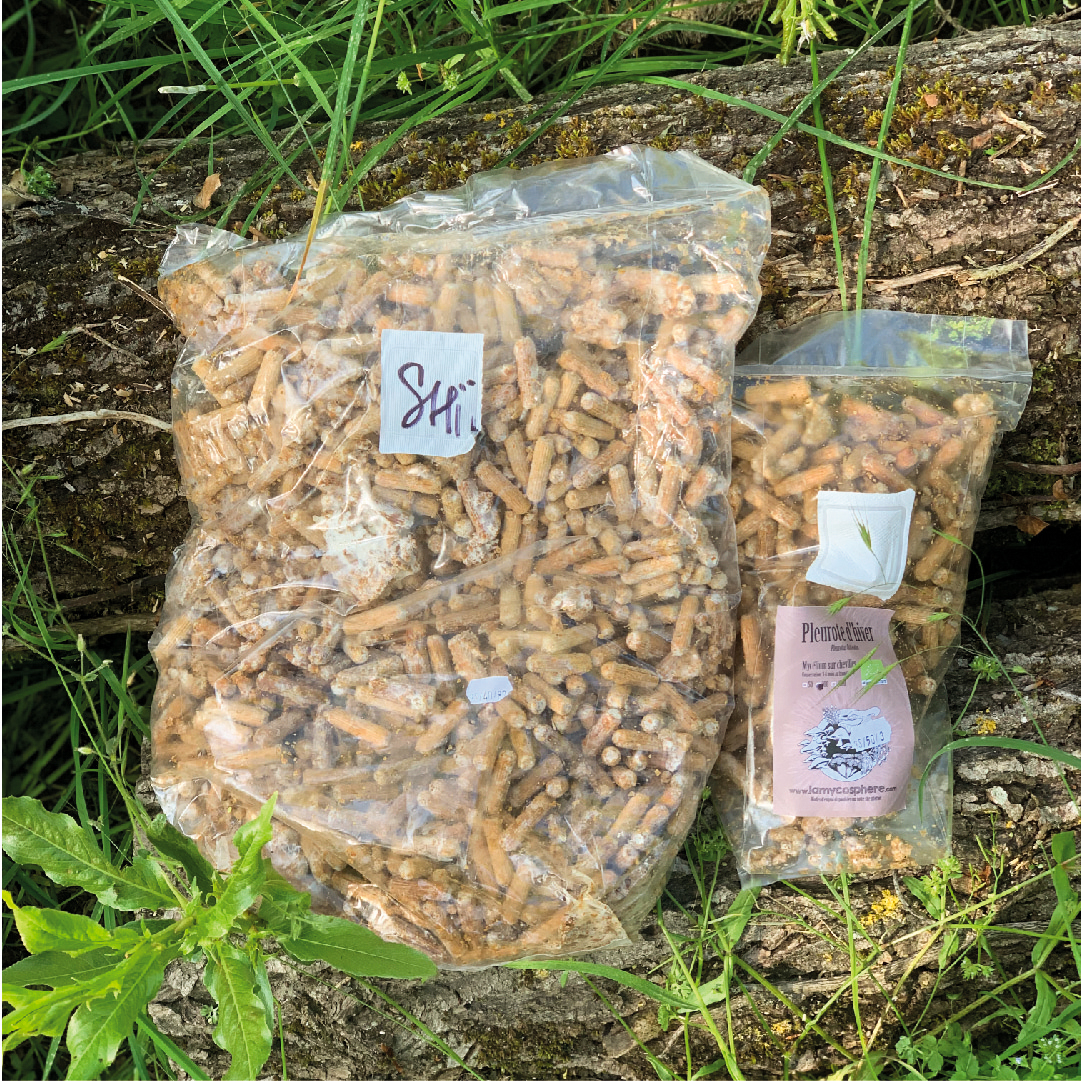
We planted a forest garden using Ernst Götsch’s Syntropic Agroforestry method. Götsch has become a living legend, originating this hyper-productive, regenerative method in Brazil. We adapted the method to our local circumstances, and have continued to experiment with it.

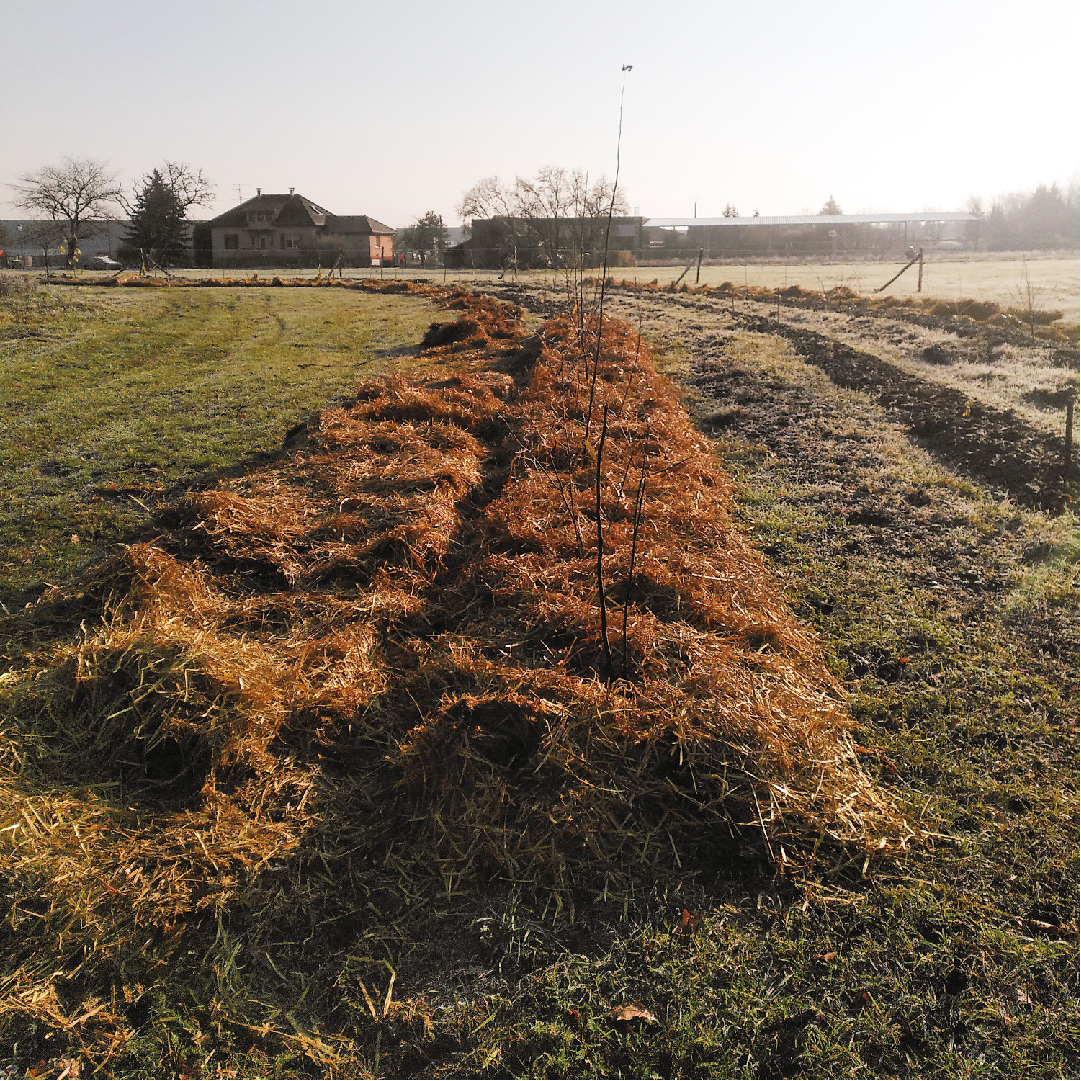
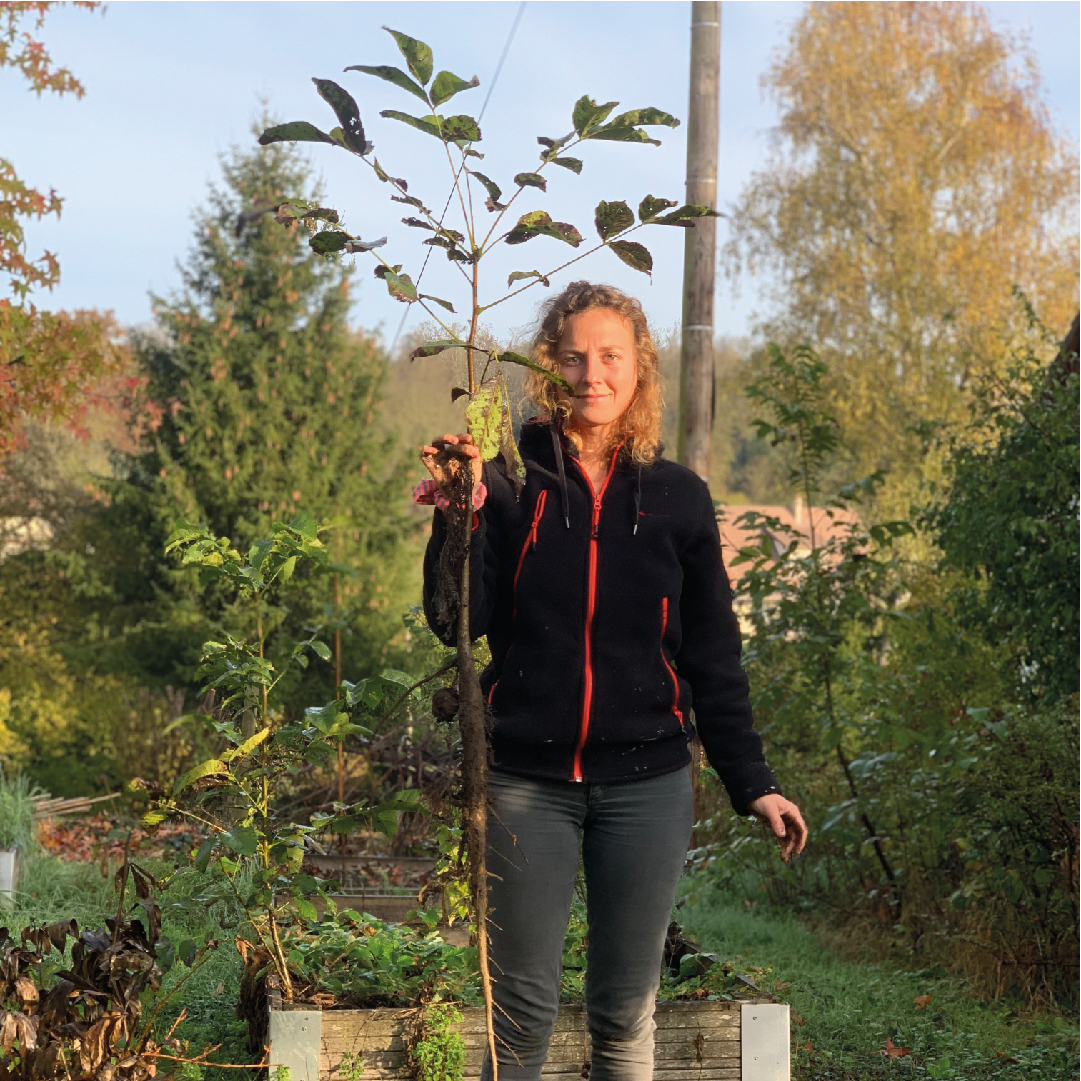
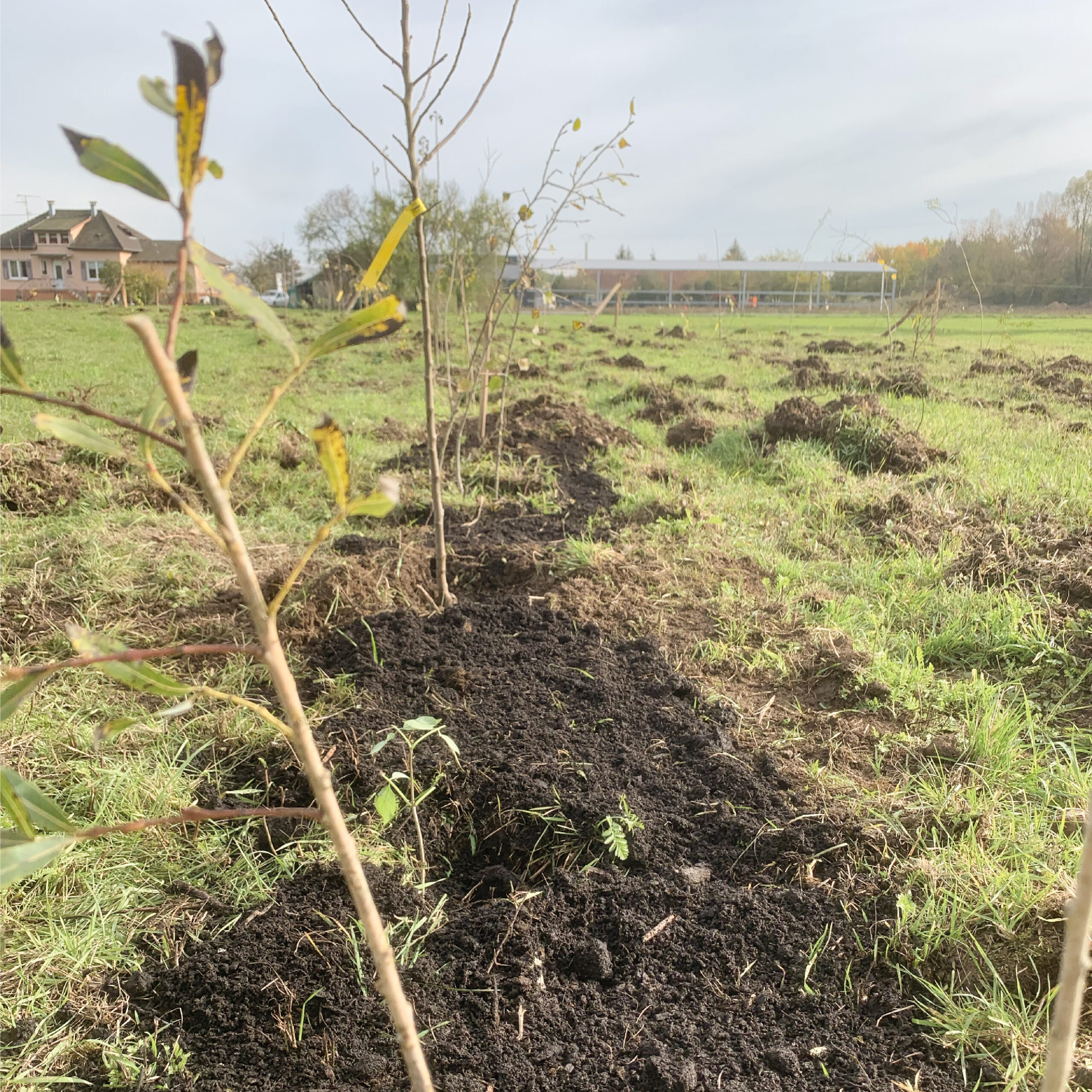
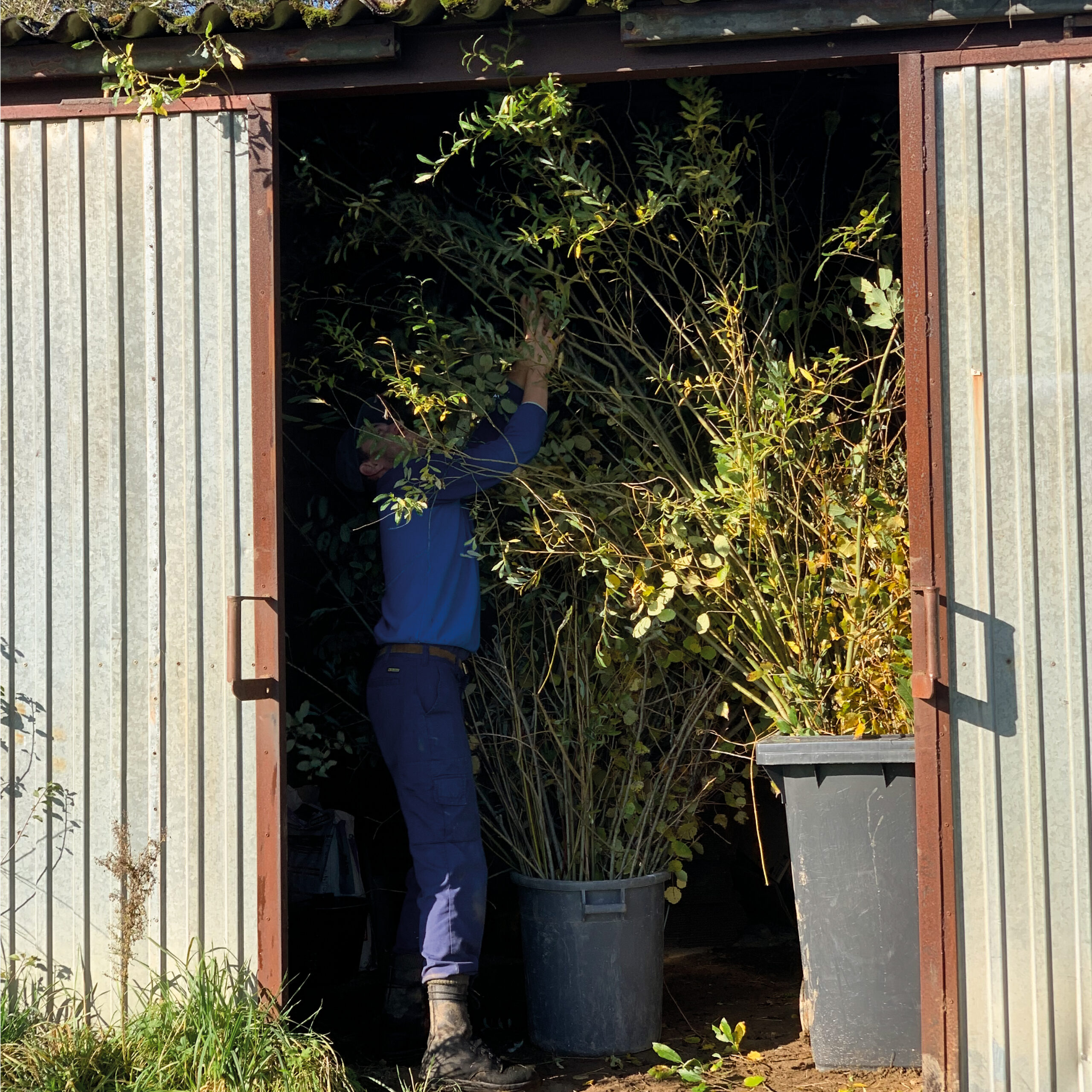
We participated in the plantation of a forest of 12,000 trees, planted using the method ascribed to Japanese botanist Akira Miyawaki.
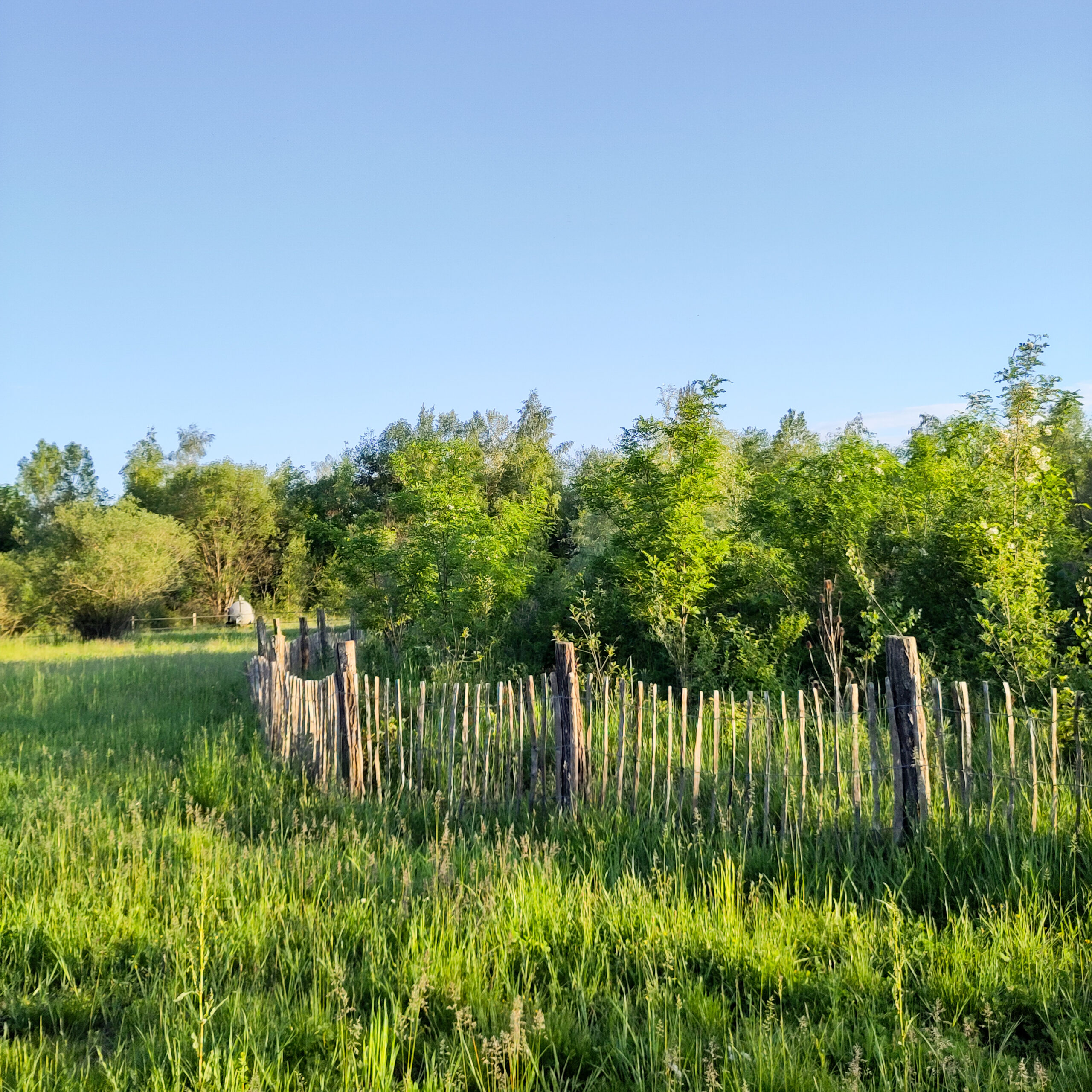
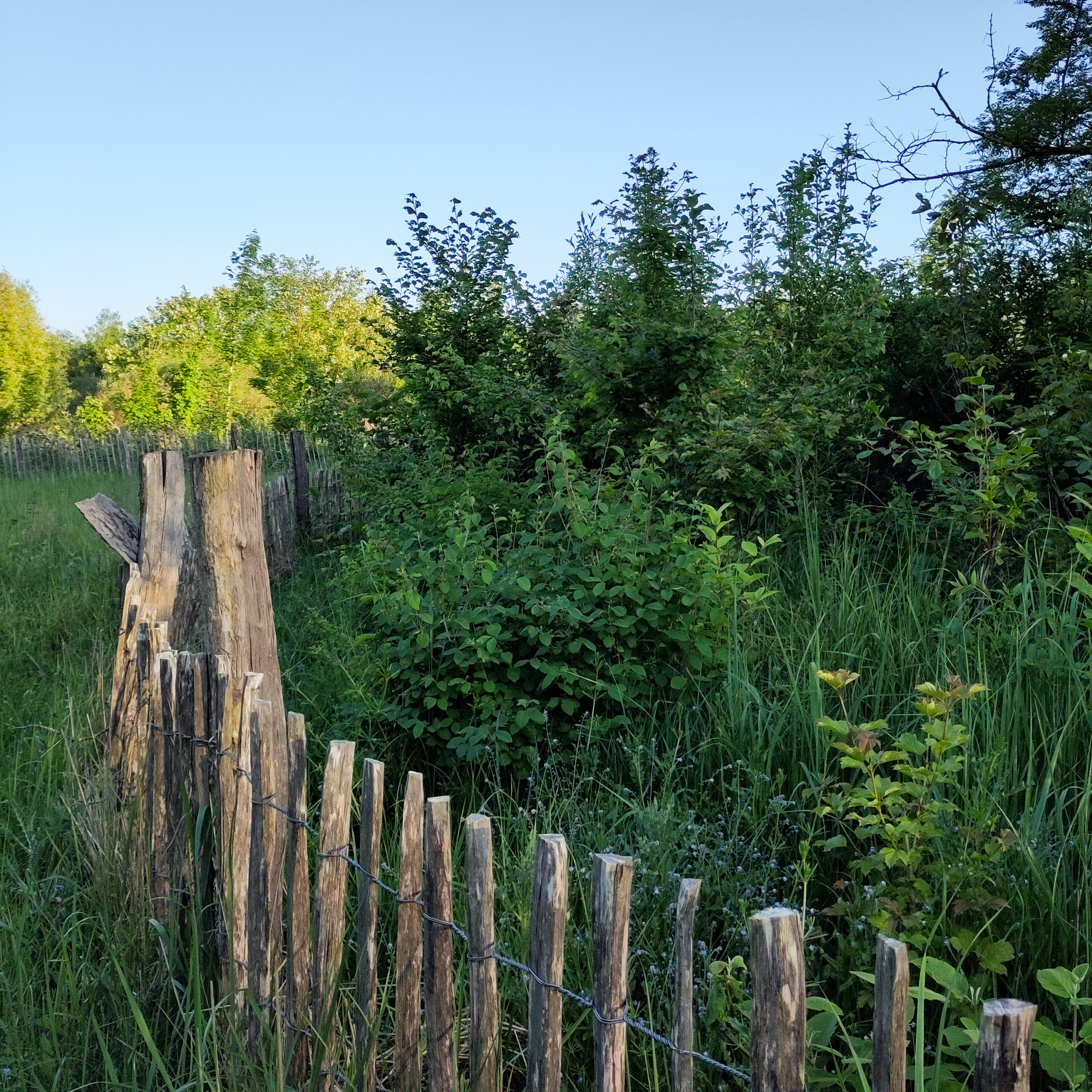
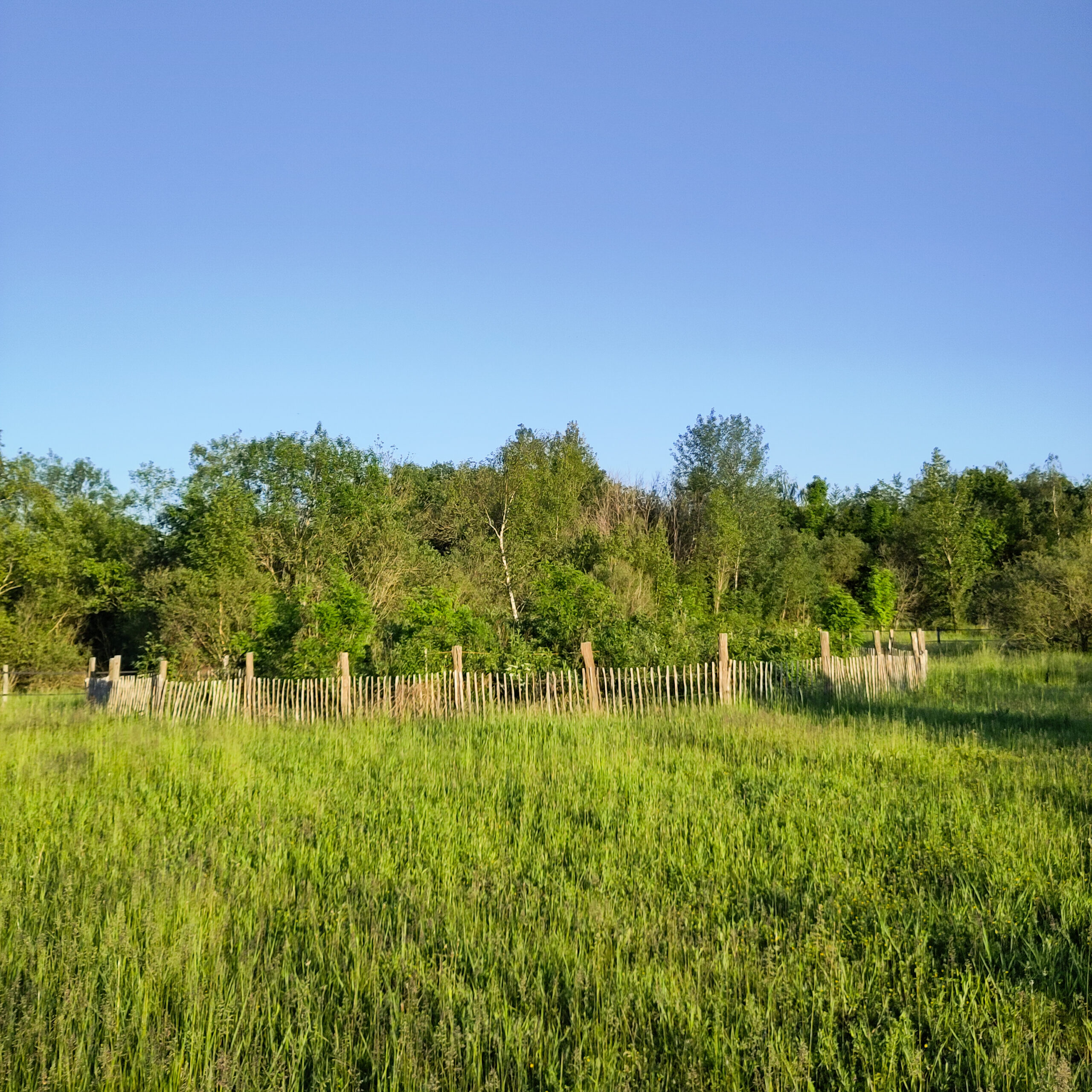
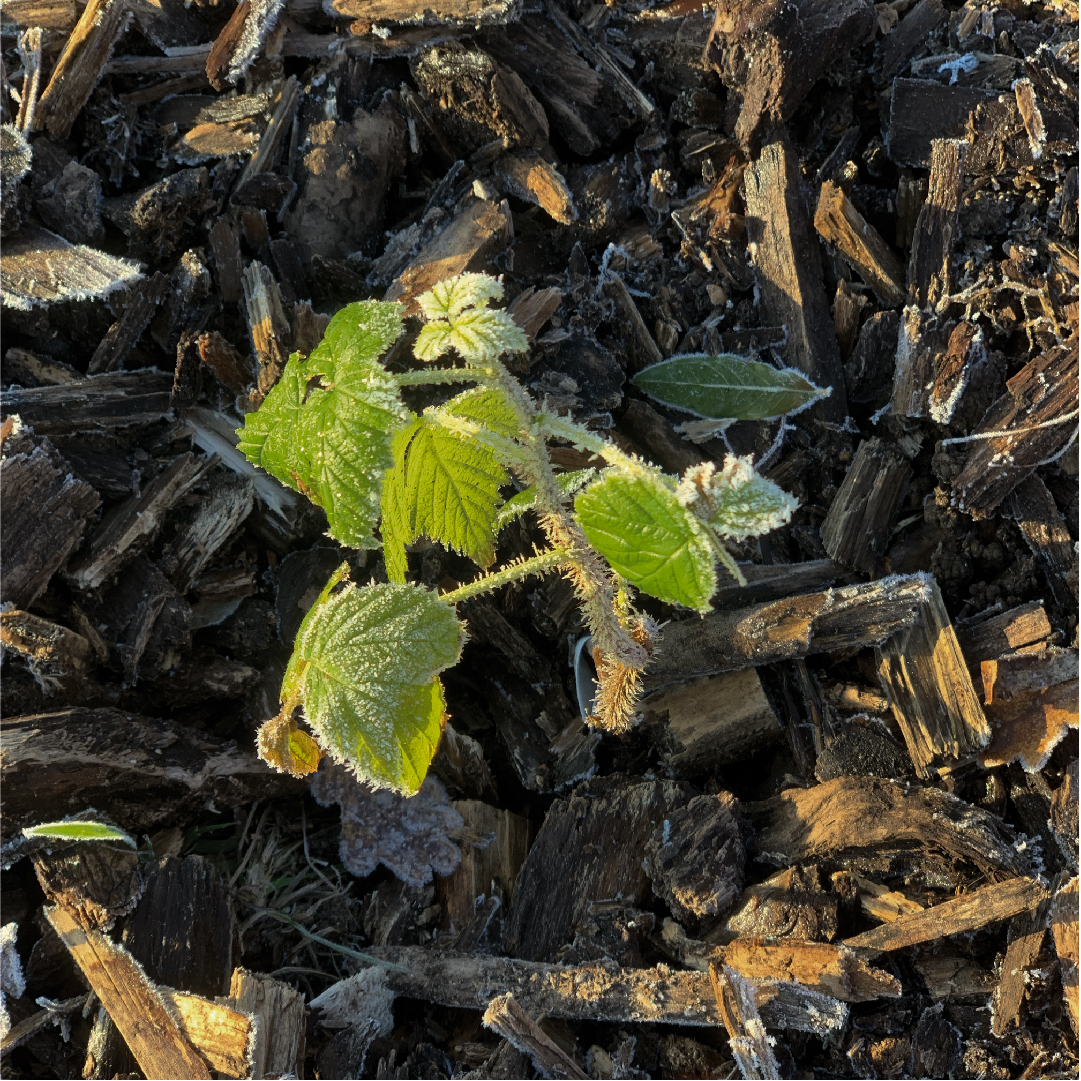
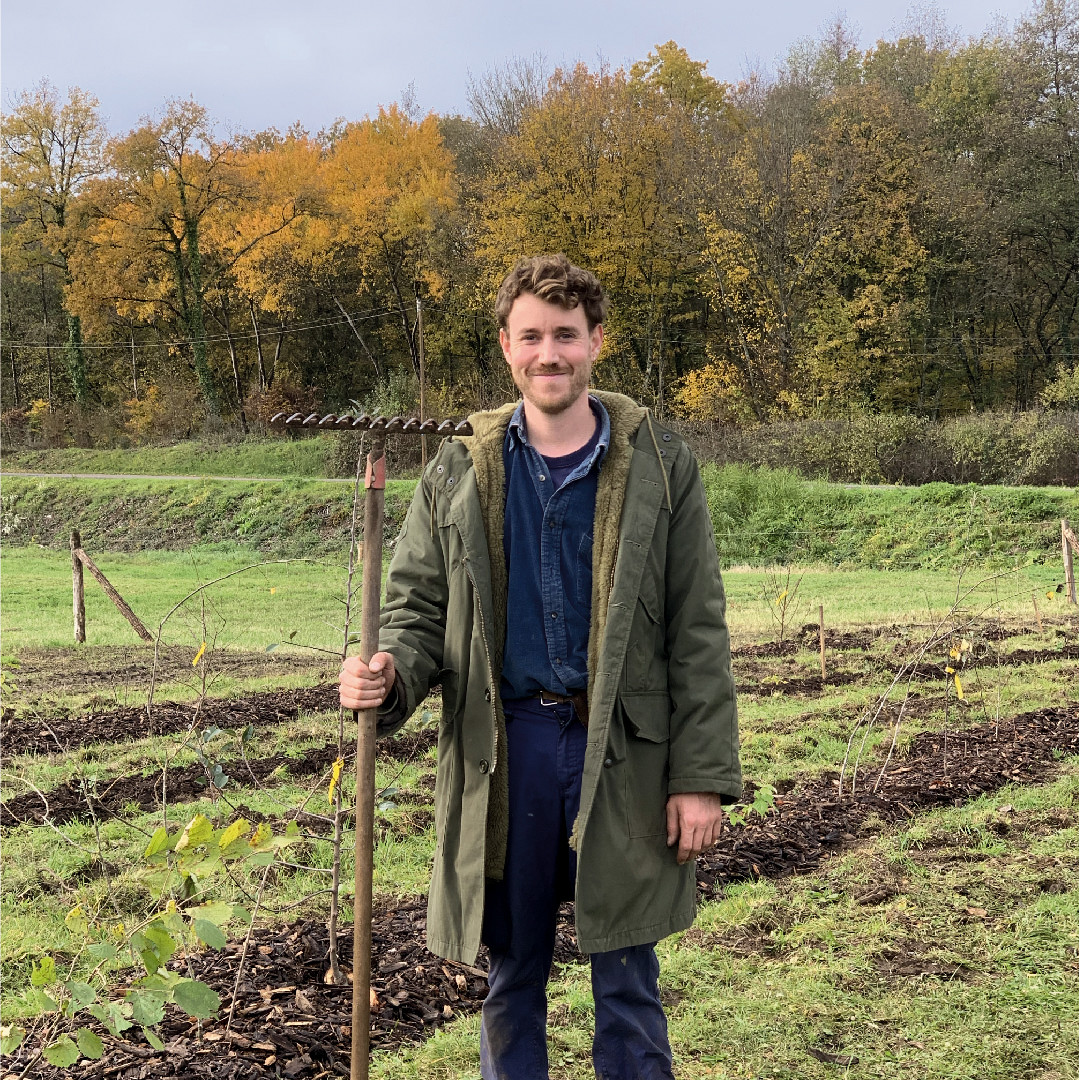
All these projects take time. We have time, but we mustn’t waste it. That’s why we always operate in the form of small-scale “micro-businesses”, learning as we go along. Precise planning allows us to predict the obstacles ahead, and means that when we make a mistake, we don’t suffer the consequences on a large scale.
We invest our efforts across different timescales. In the short term, vegetables and eggs allow us to serve wonderful spreads and salads at the guinguette. In the medium term, berries, aromatic herbs and medicinal plants will bear fruit, and in the long term, larger fruit trees will become productive.
Our garden is a meeting place for all living things through time. It’s the answer to our question: “Can we, as humans, truly live in symbiosis with nature? Enrich it by enriching ourselves? Feed it by feeding ourselves?”
We hope that La Briquette can prove that the answer is yes.
